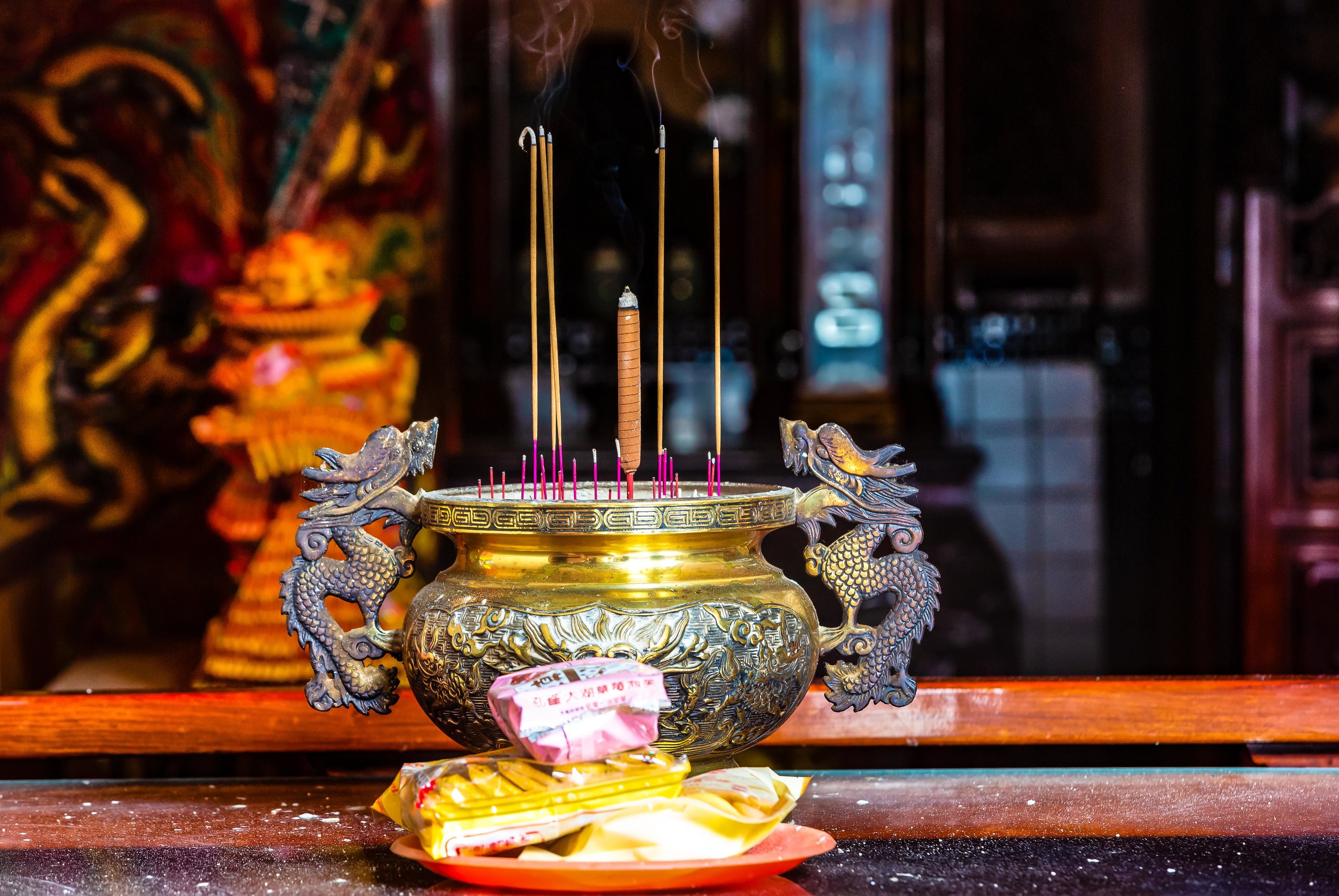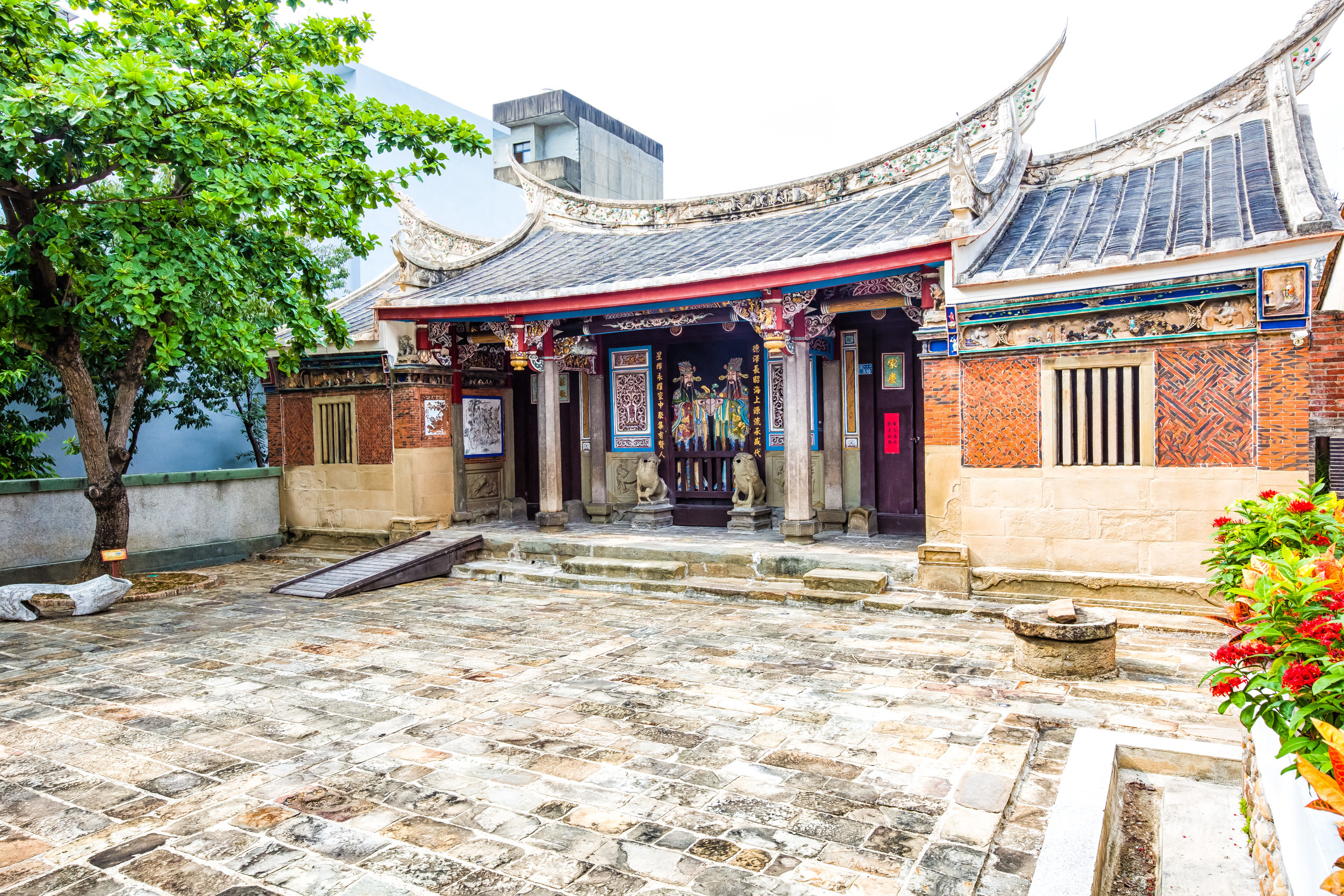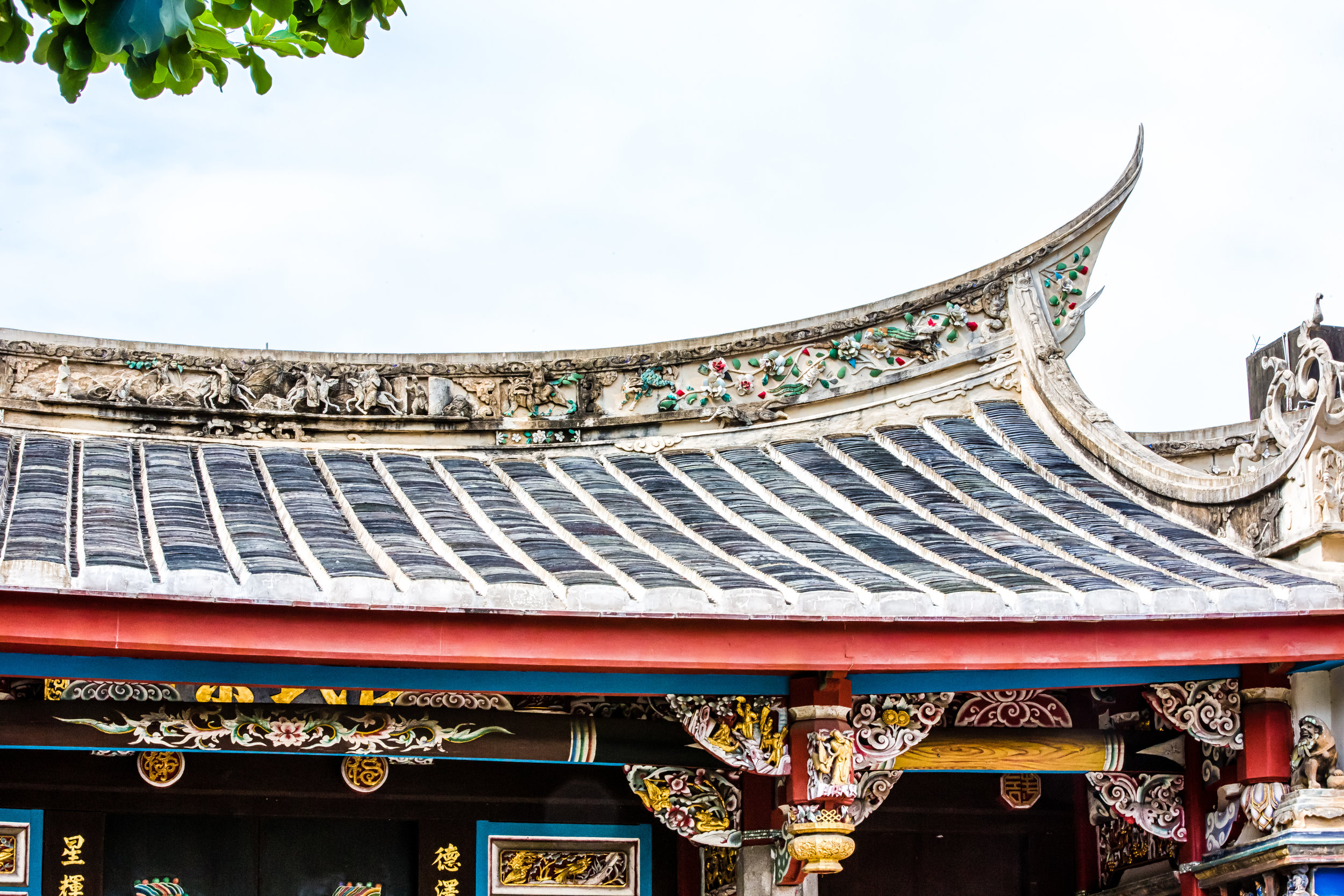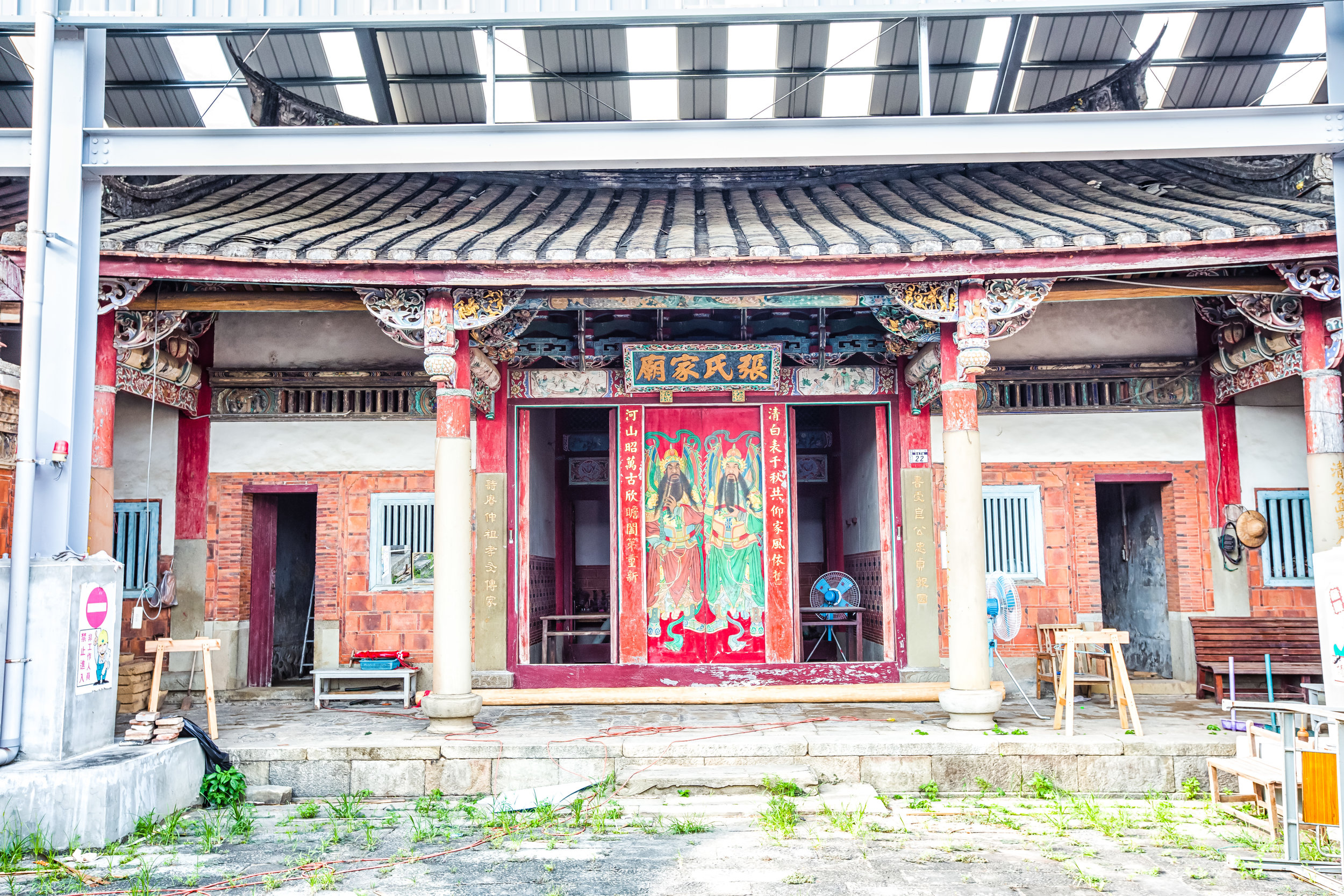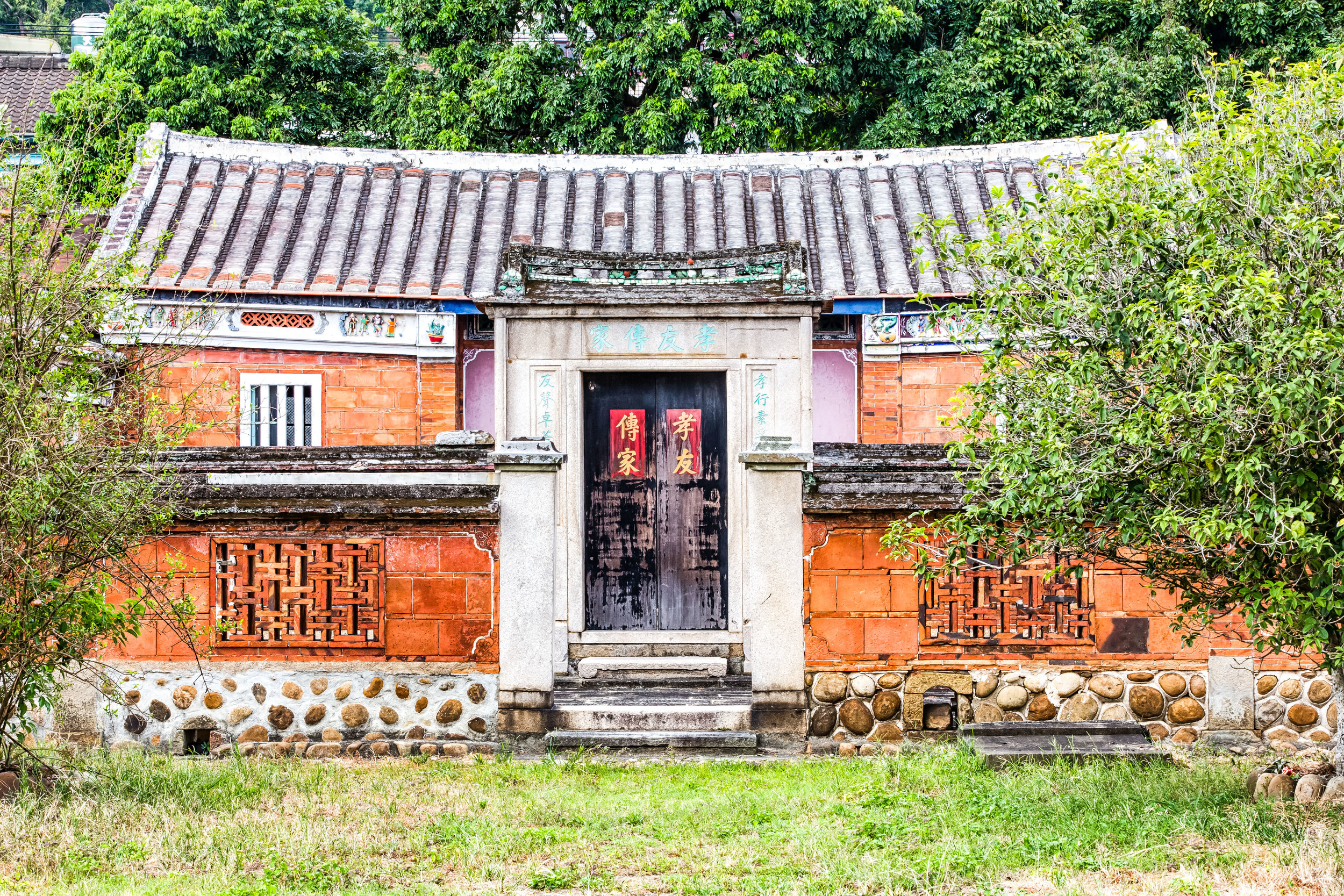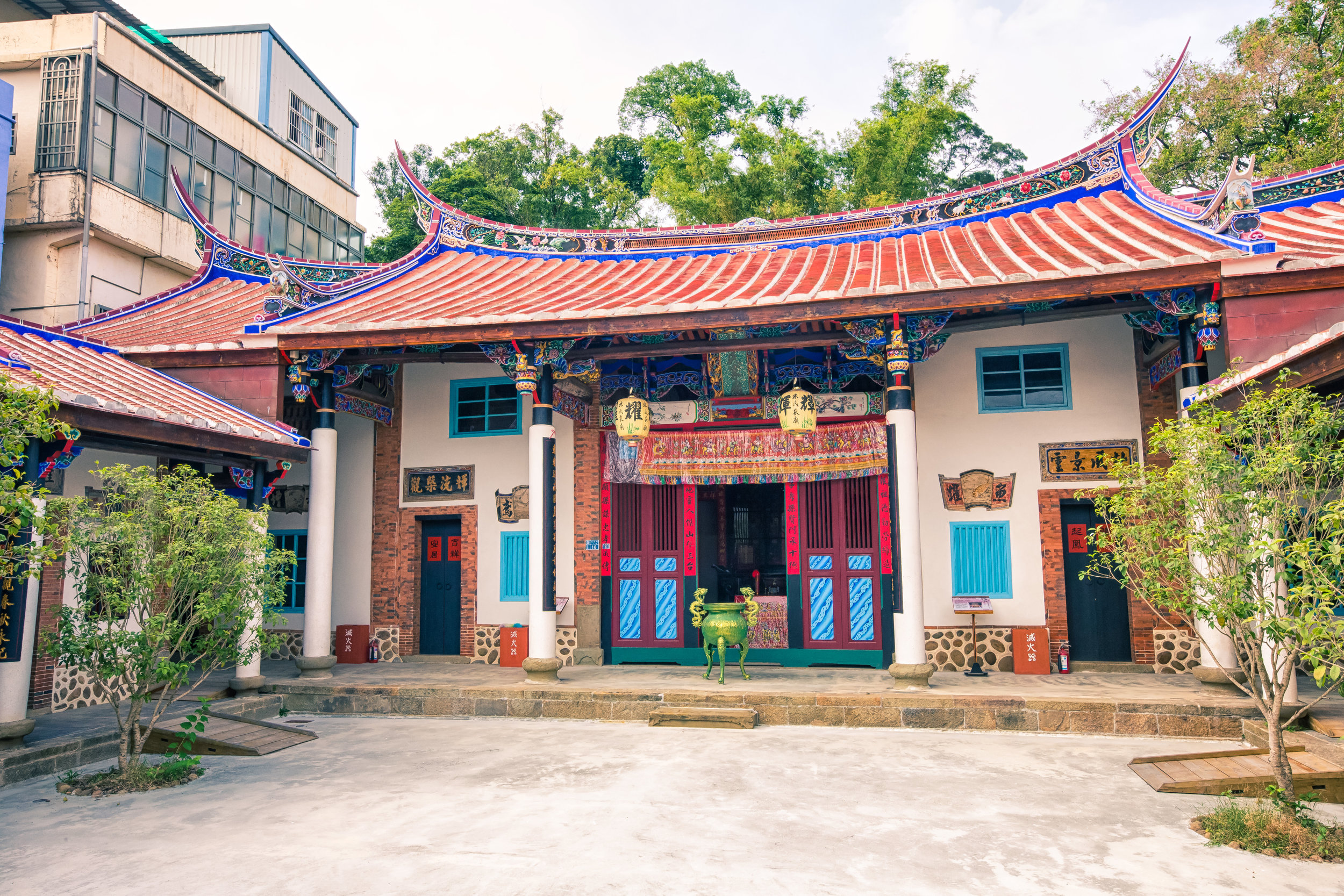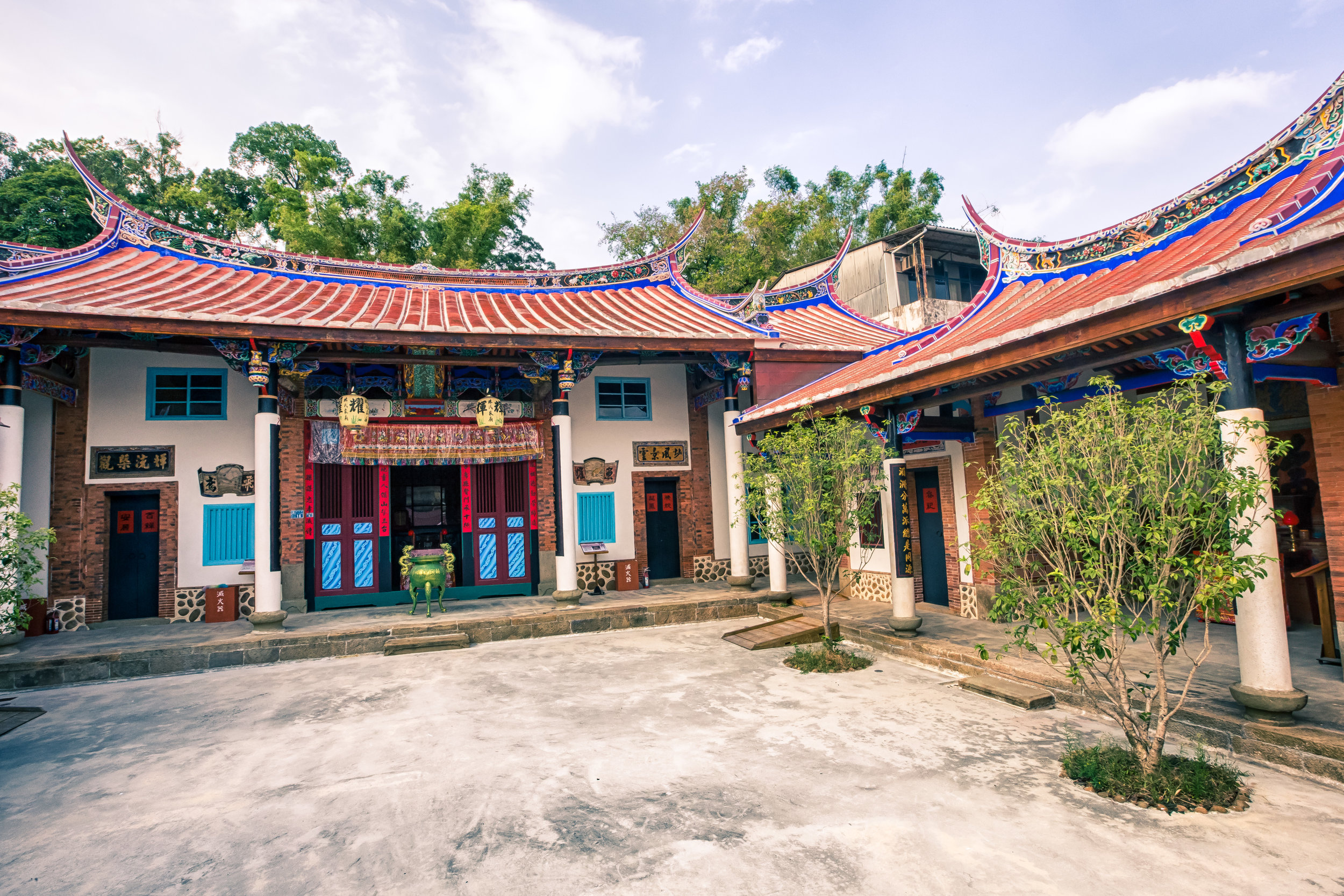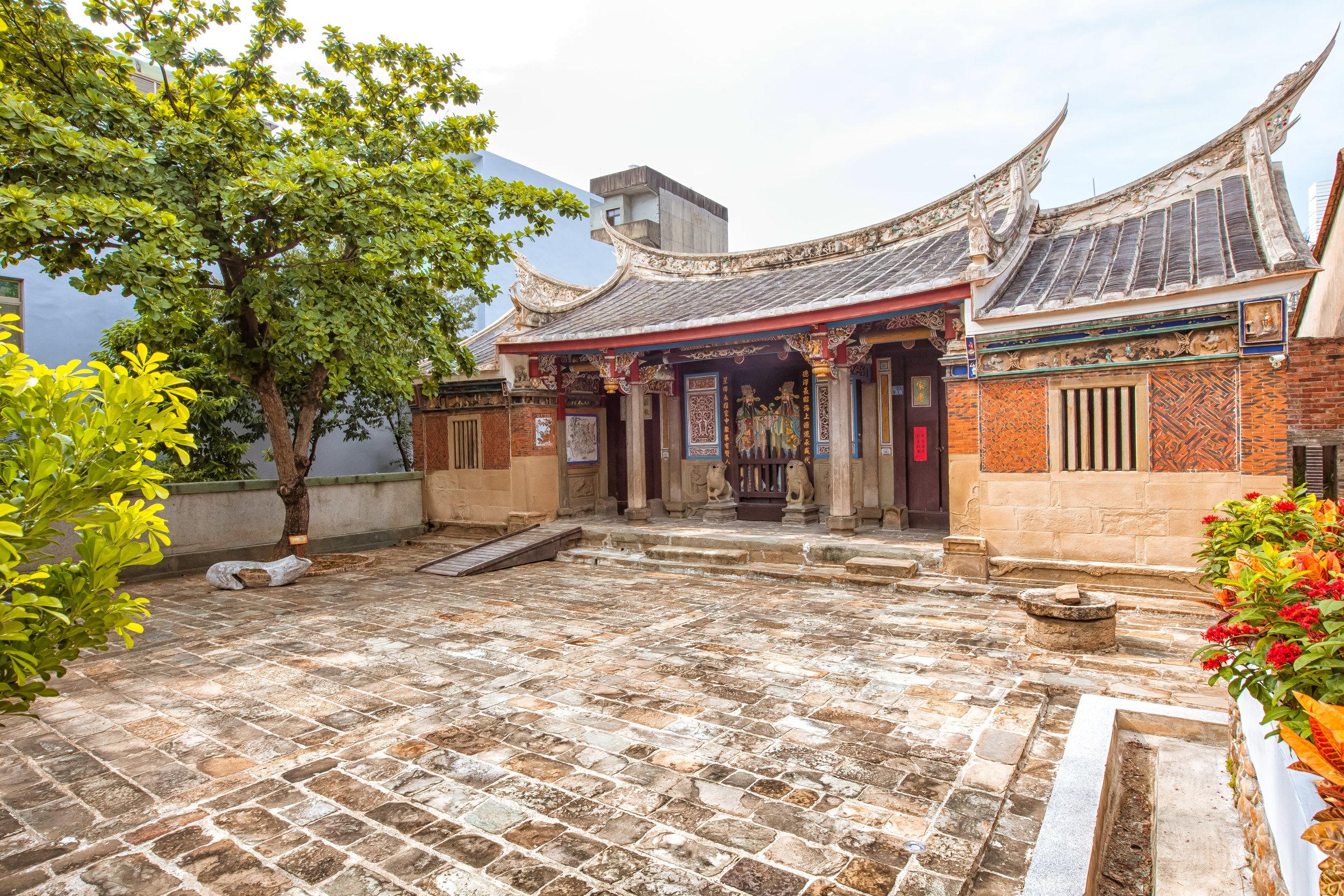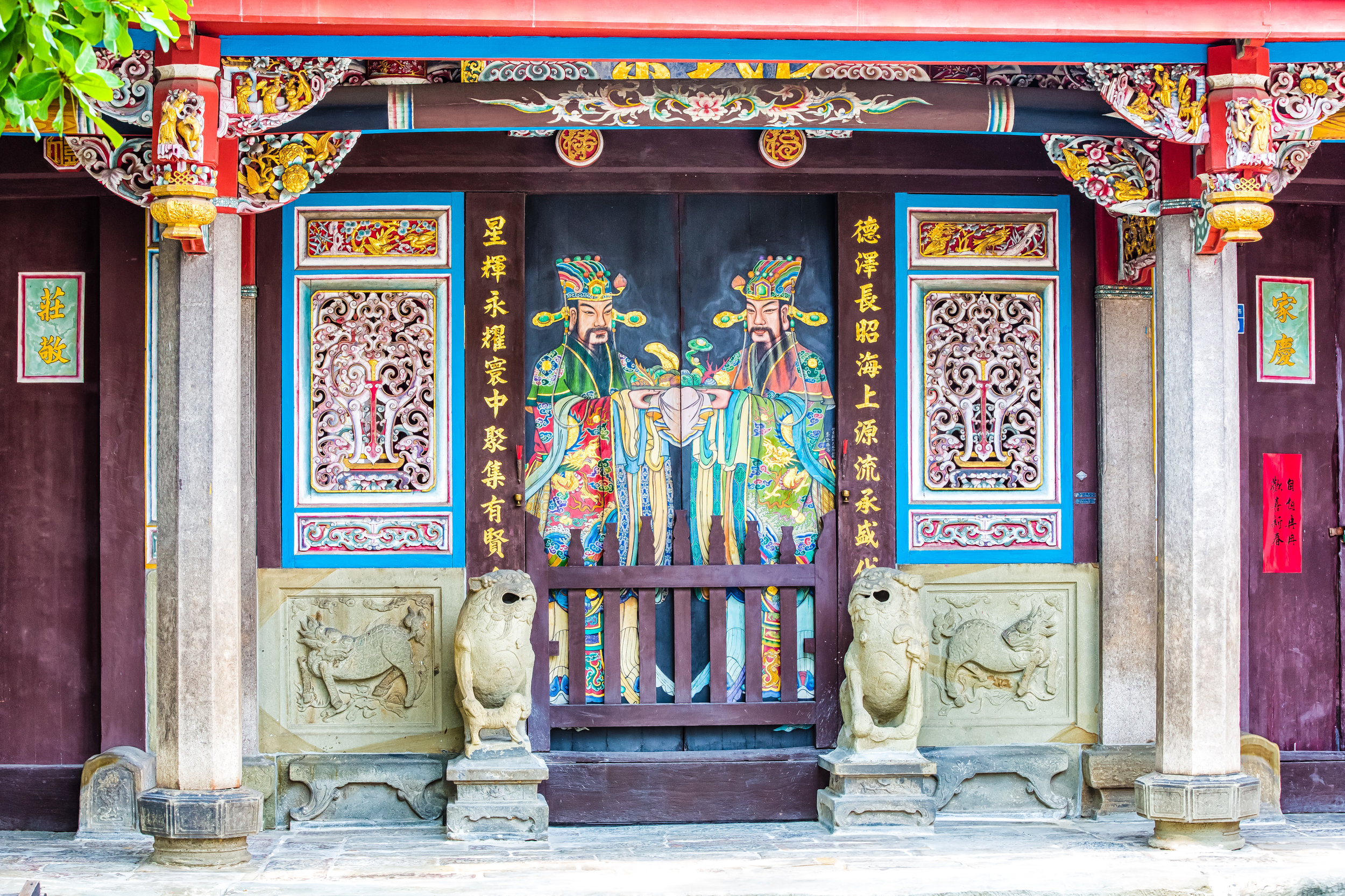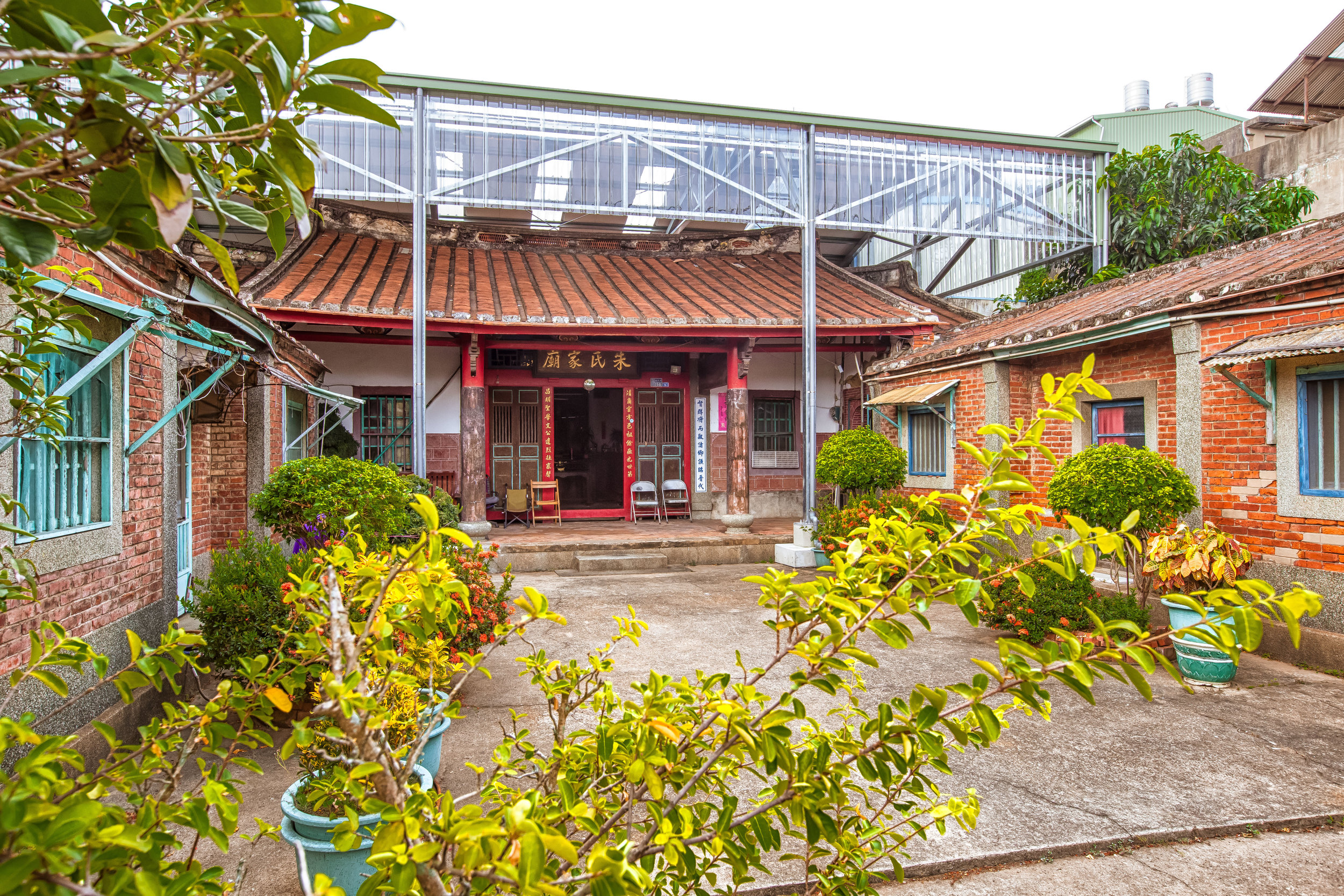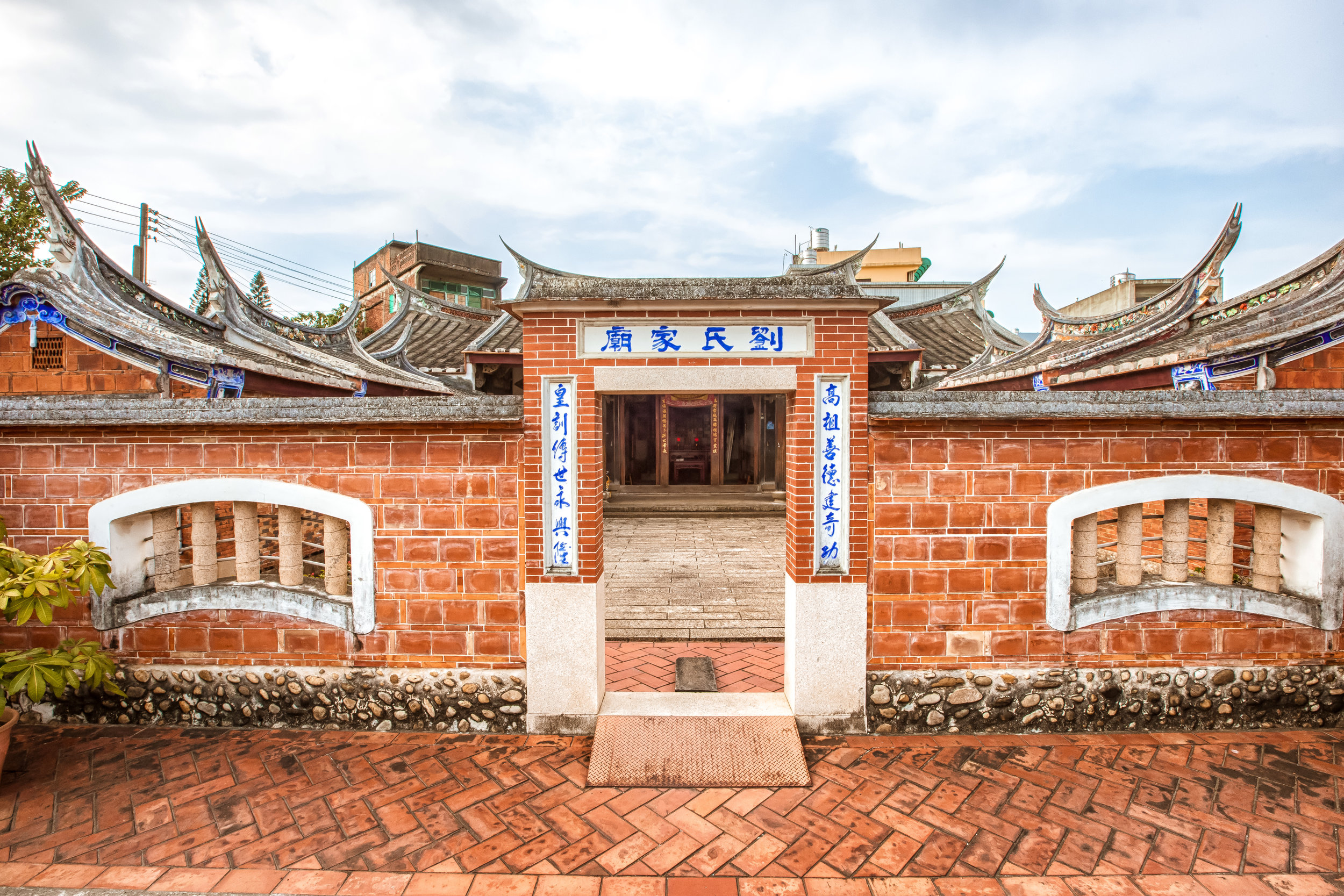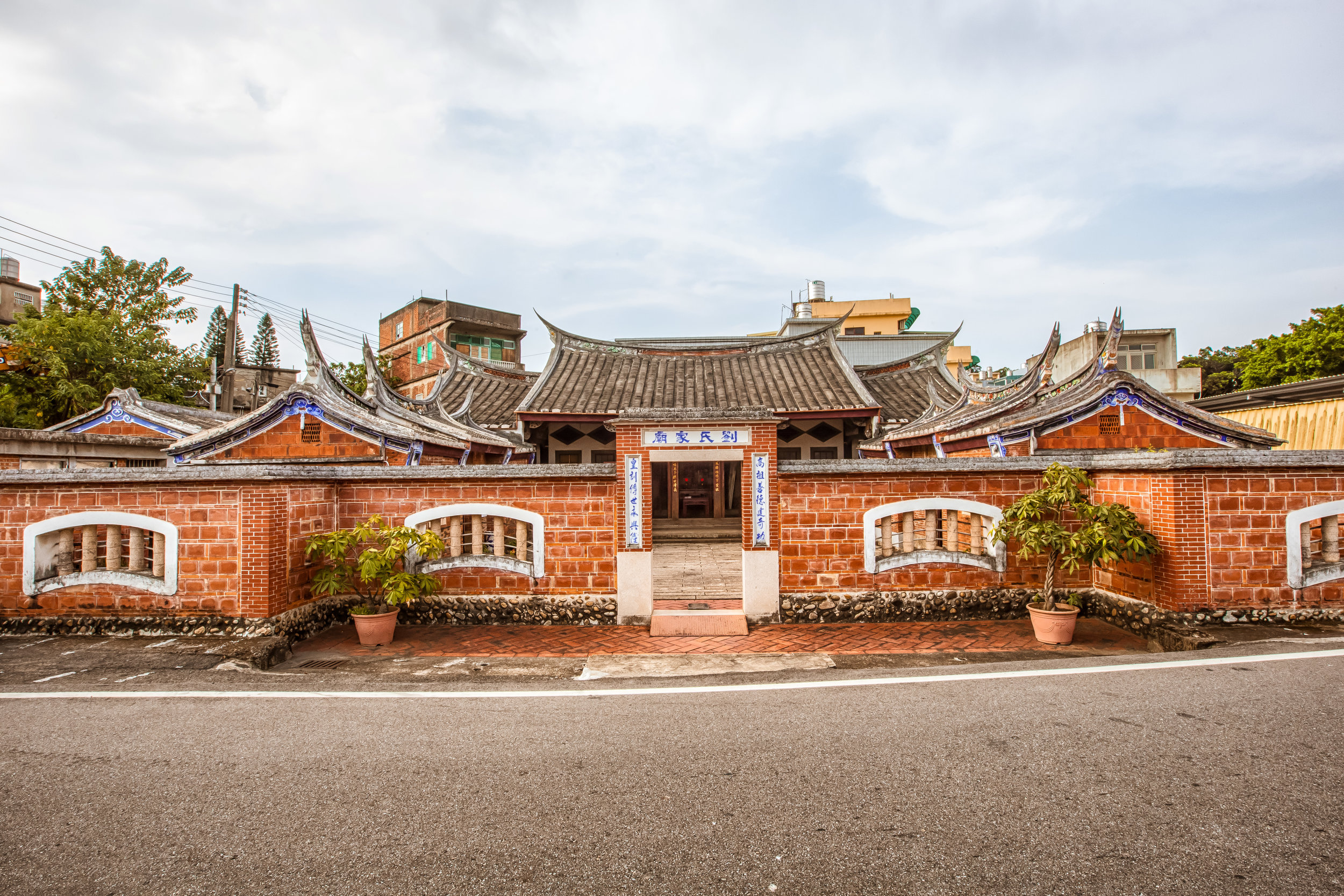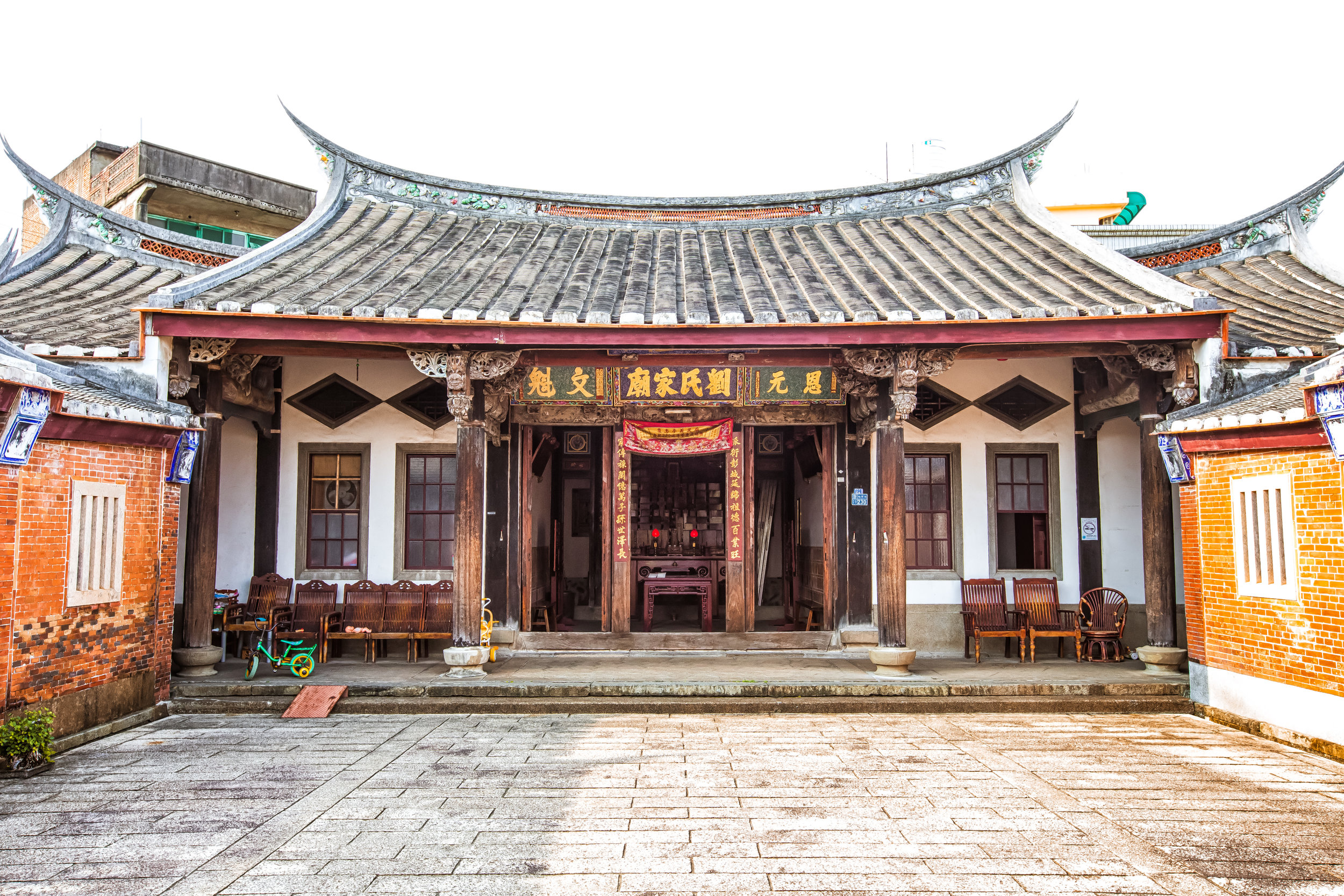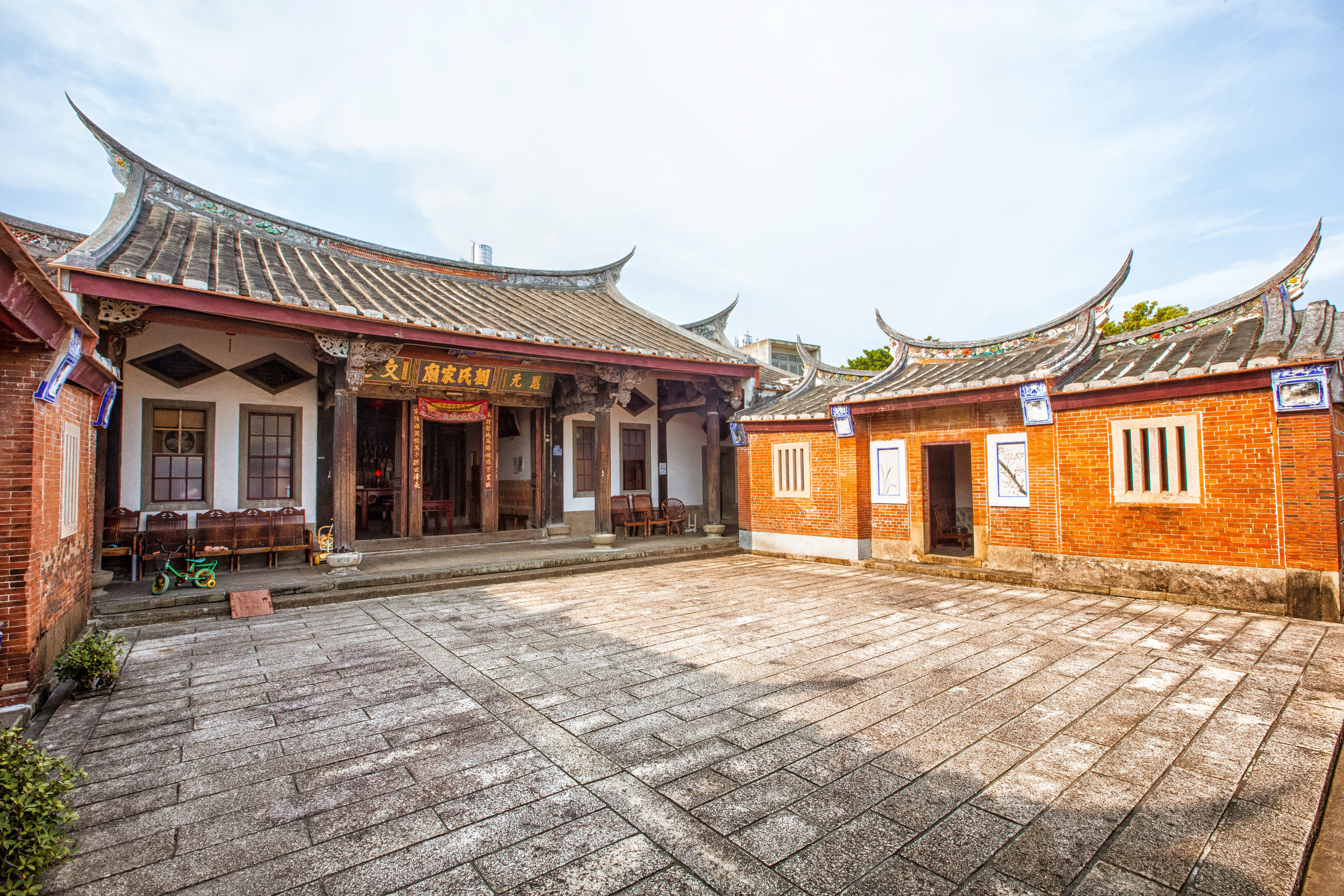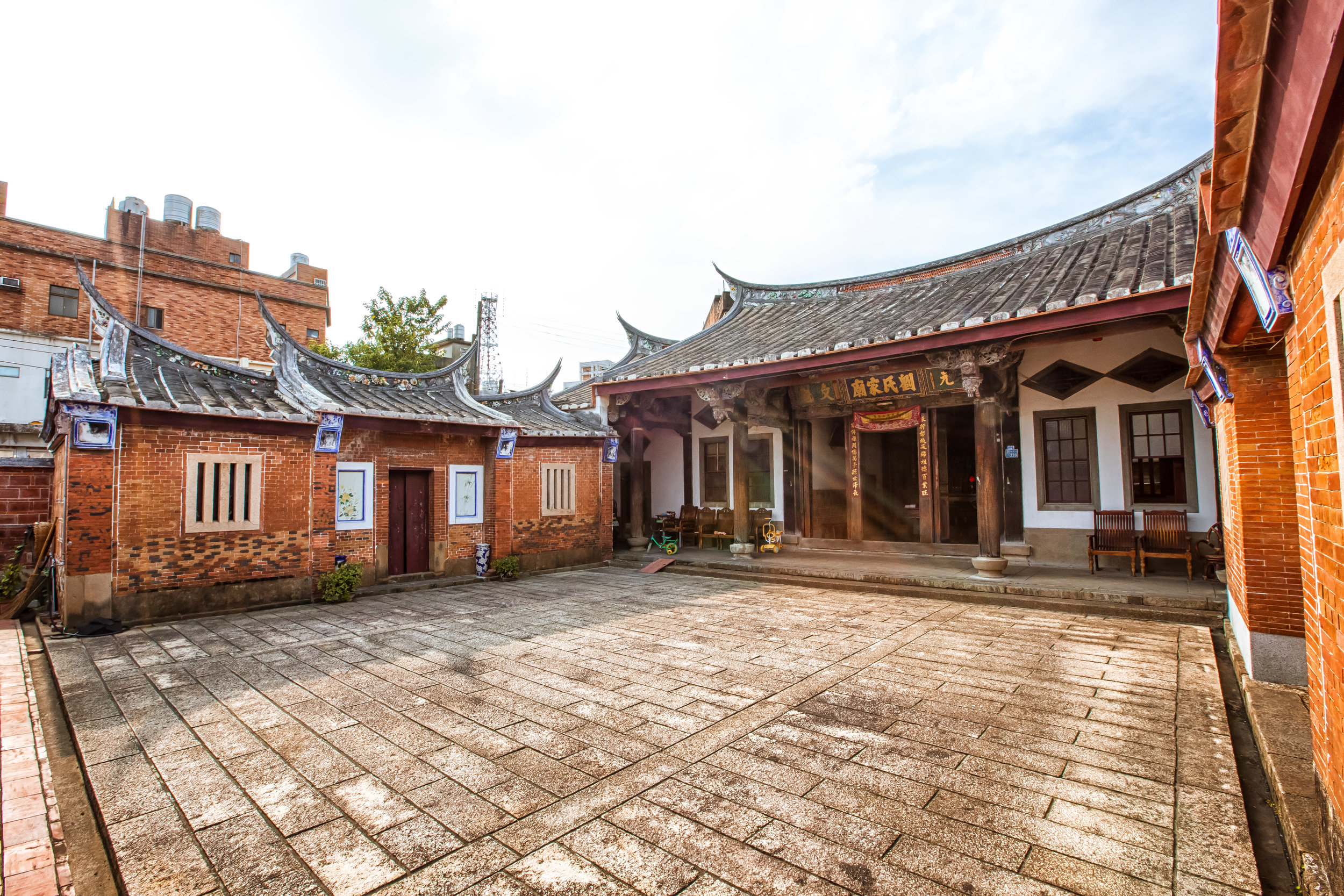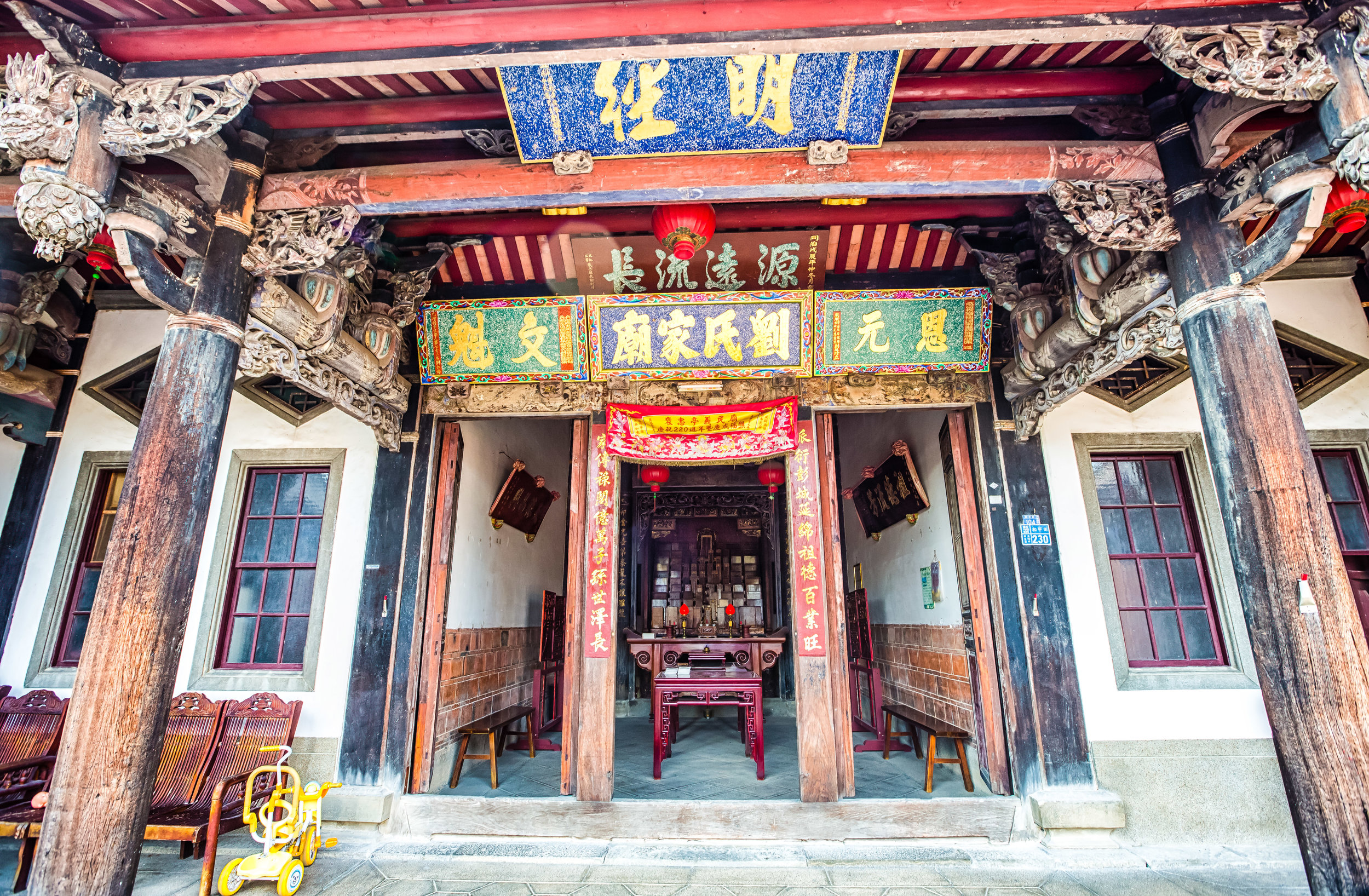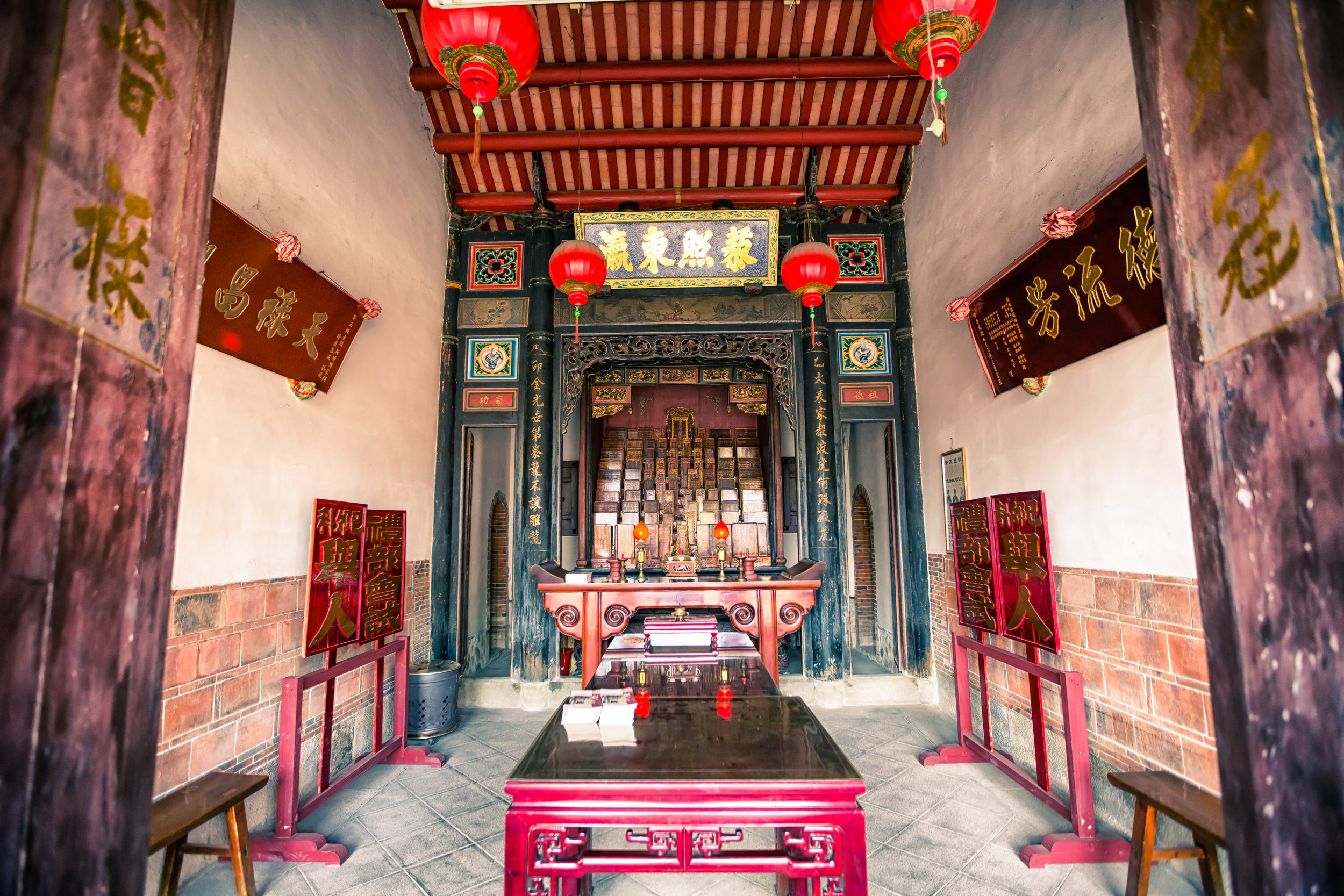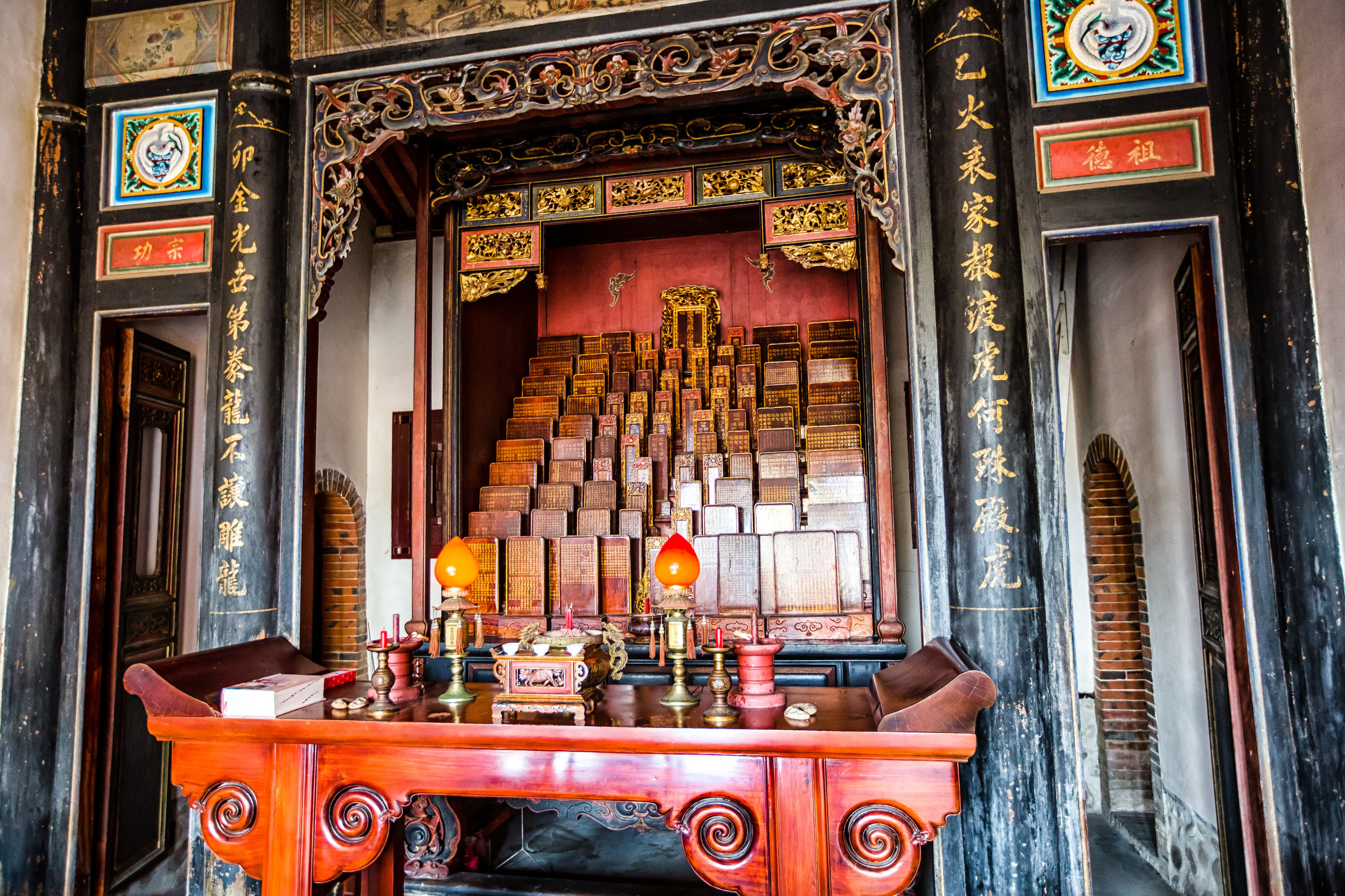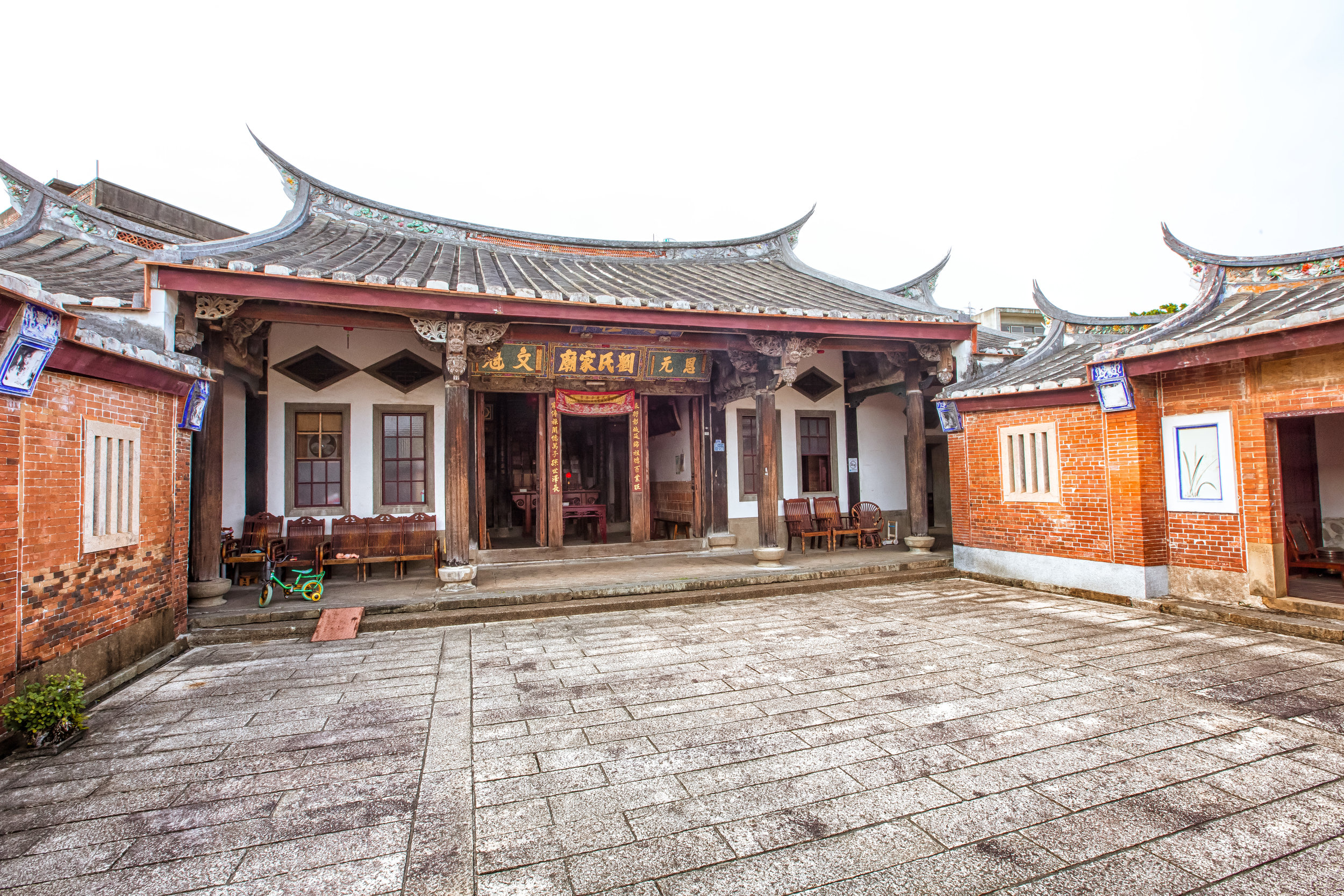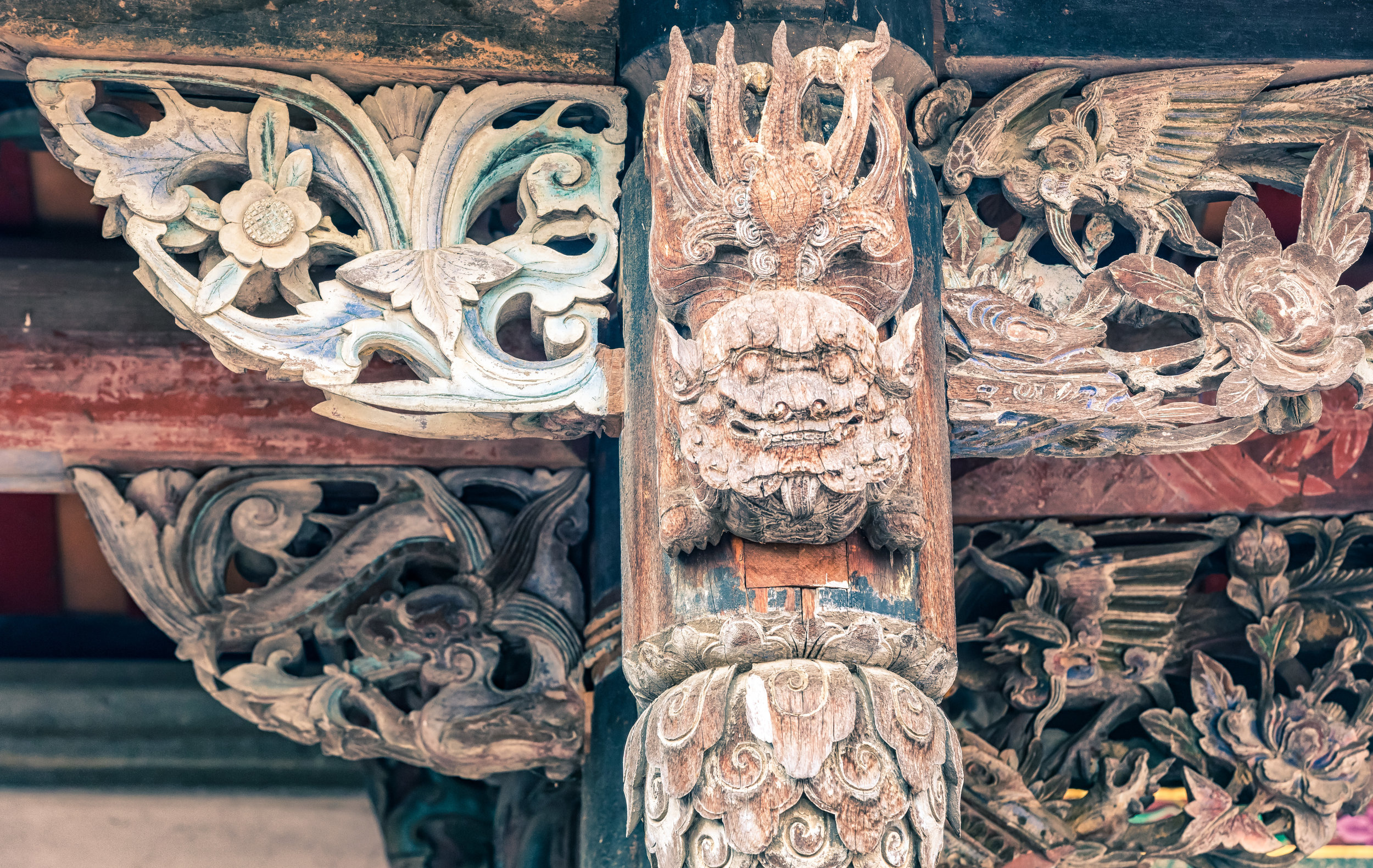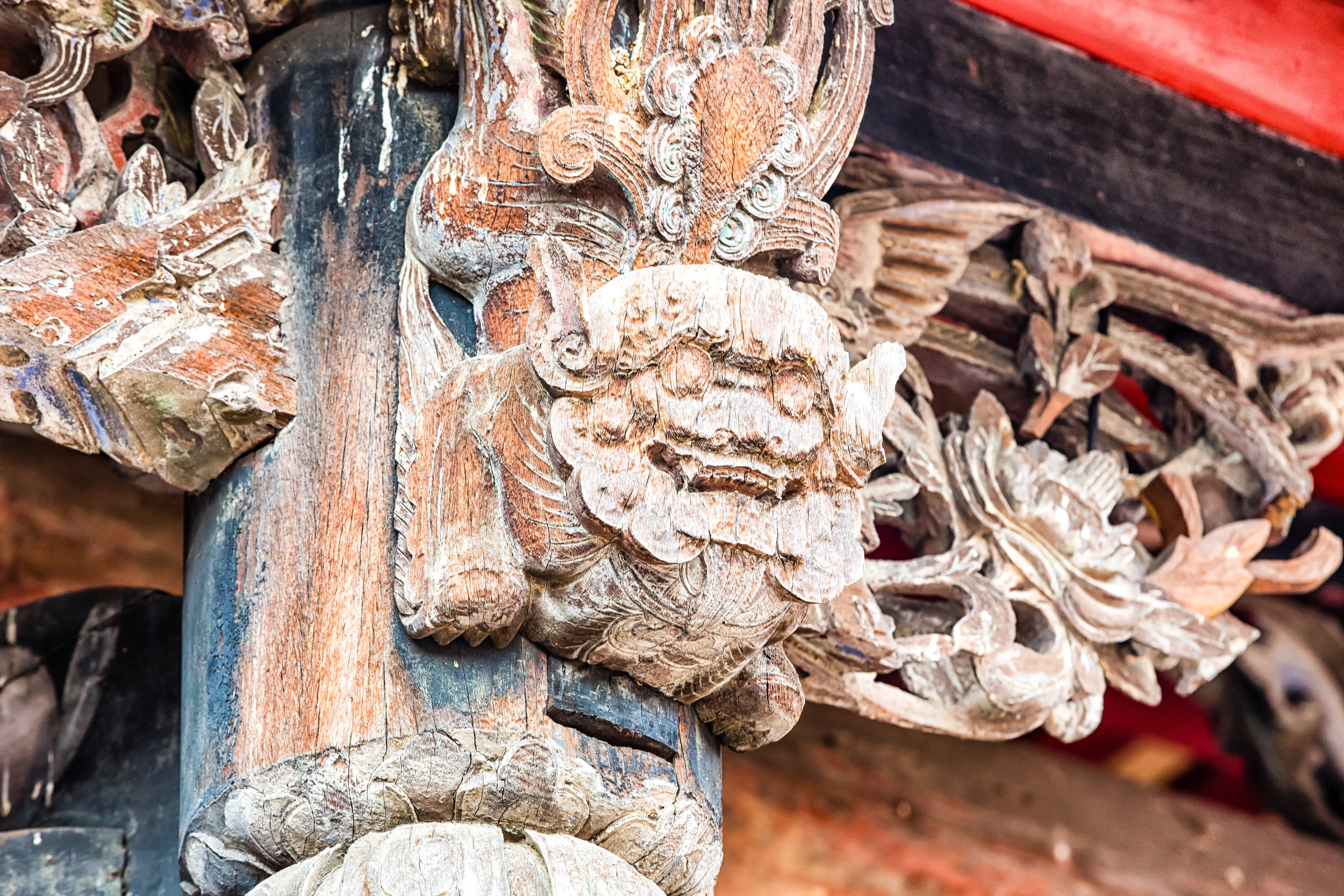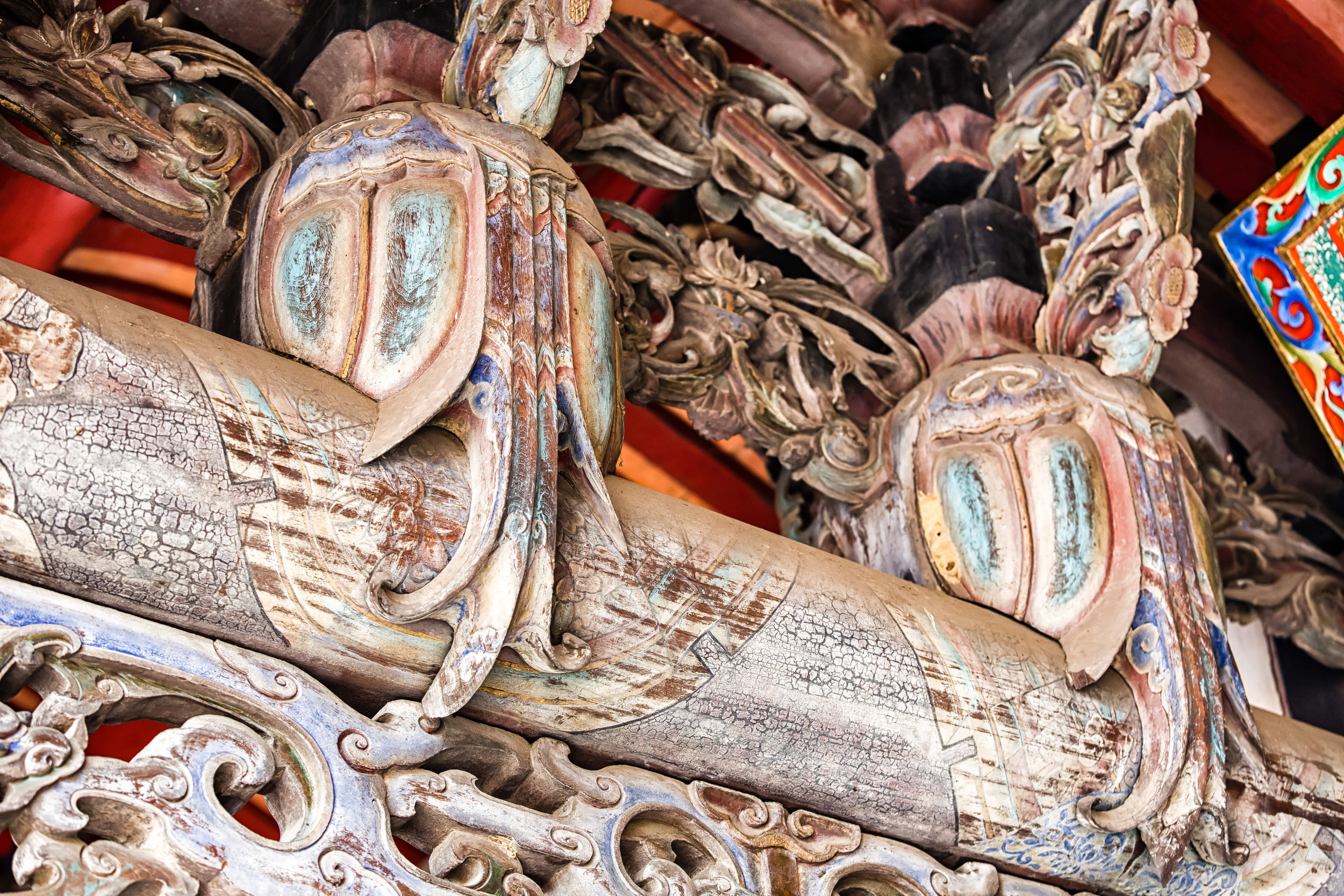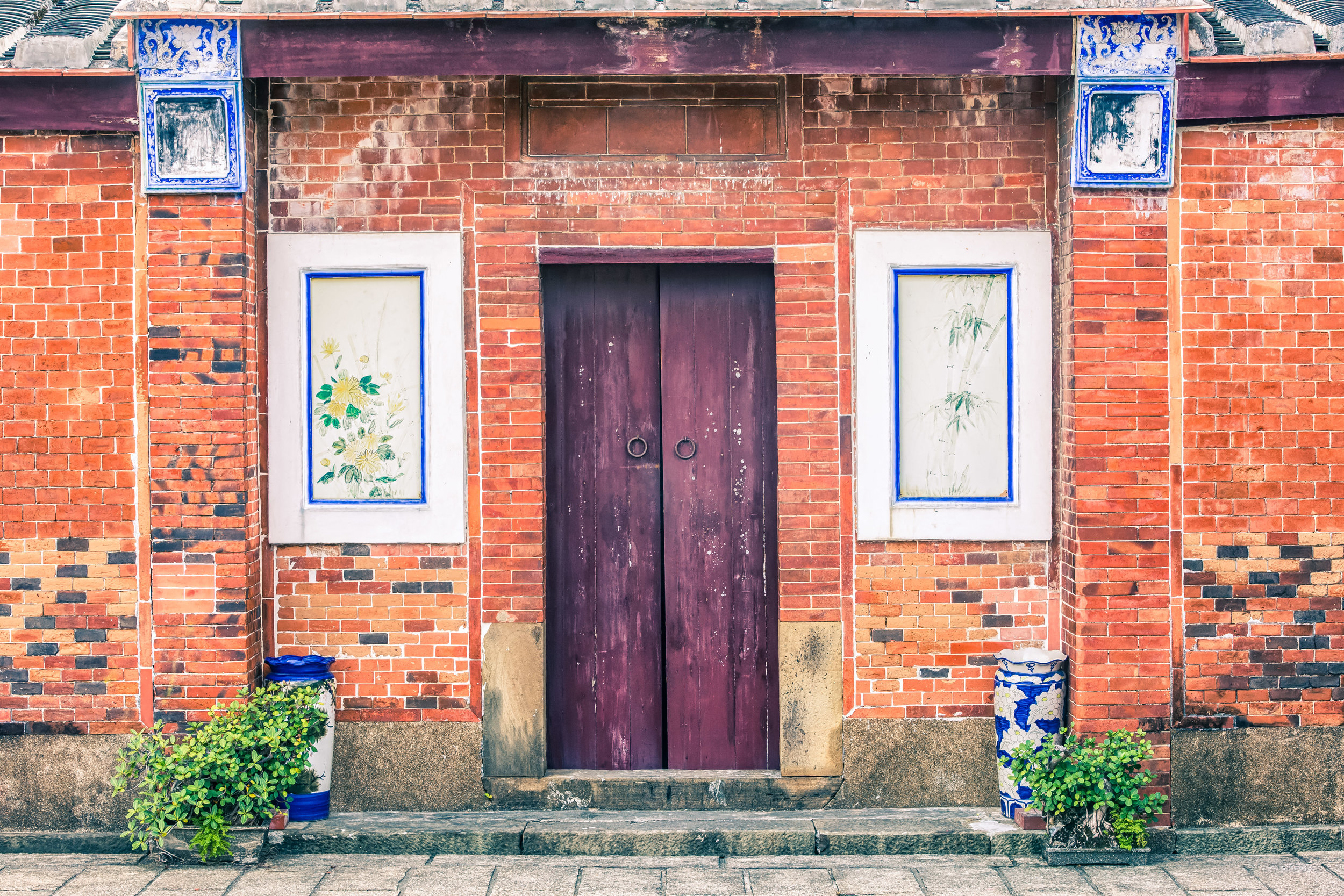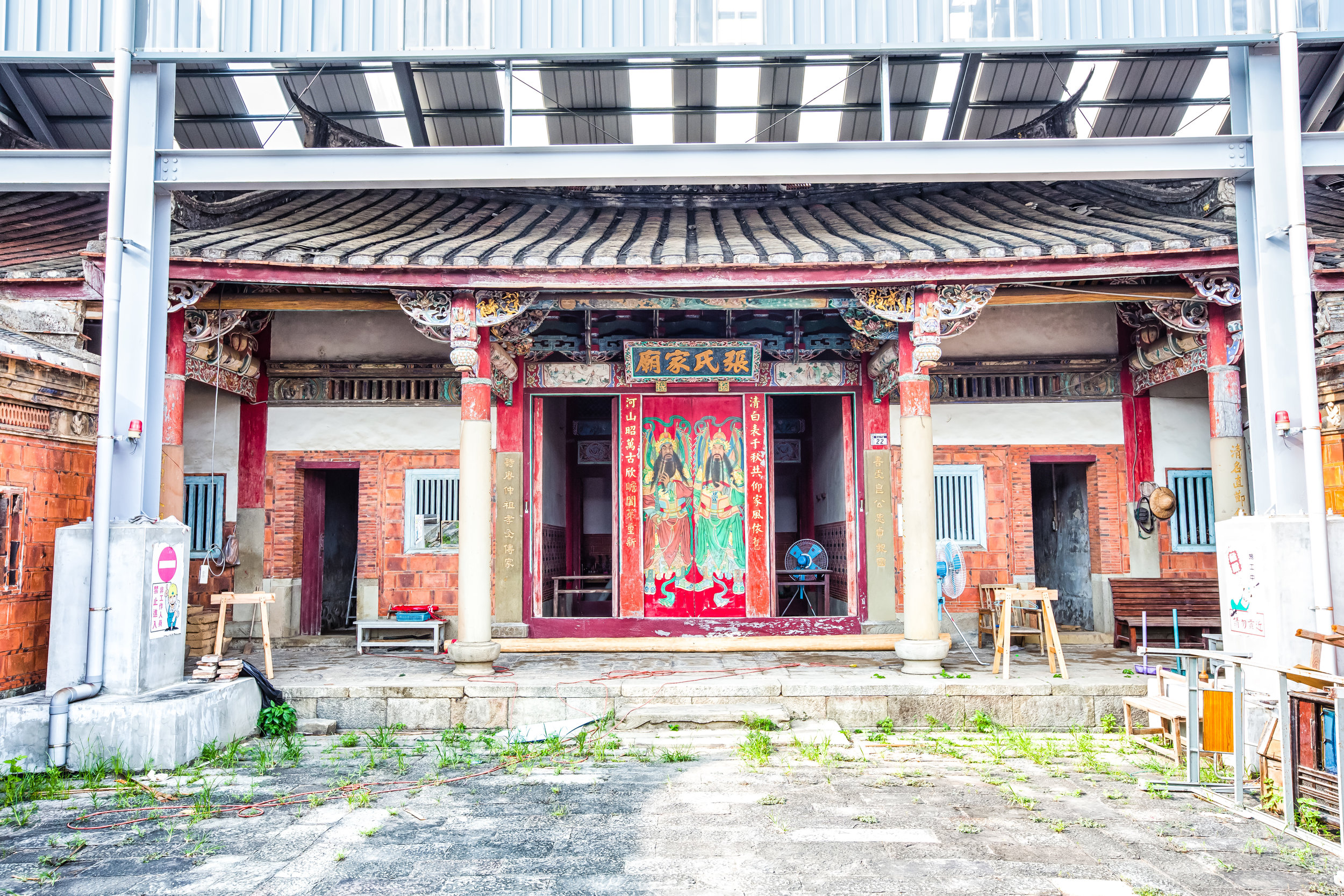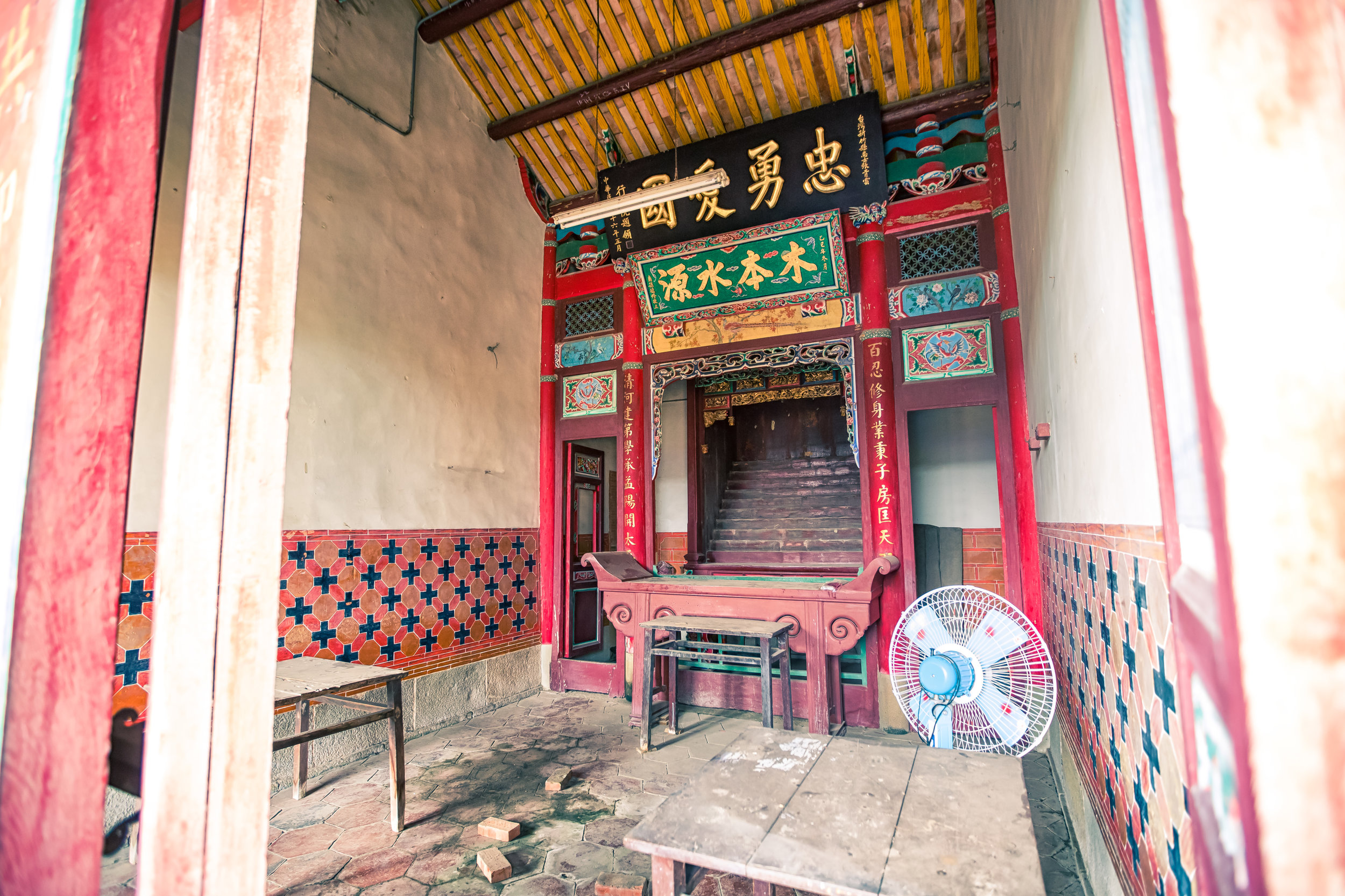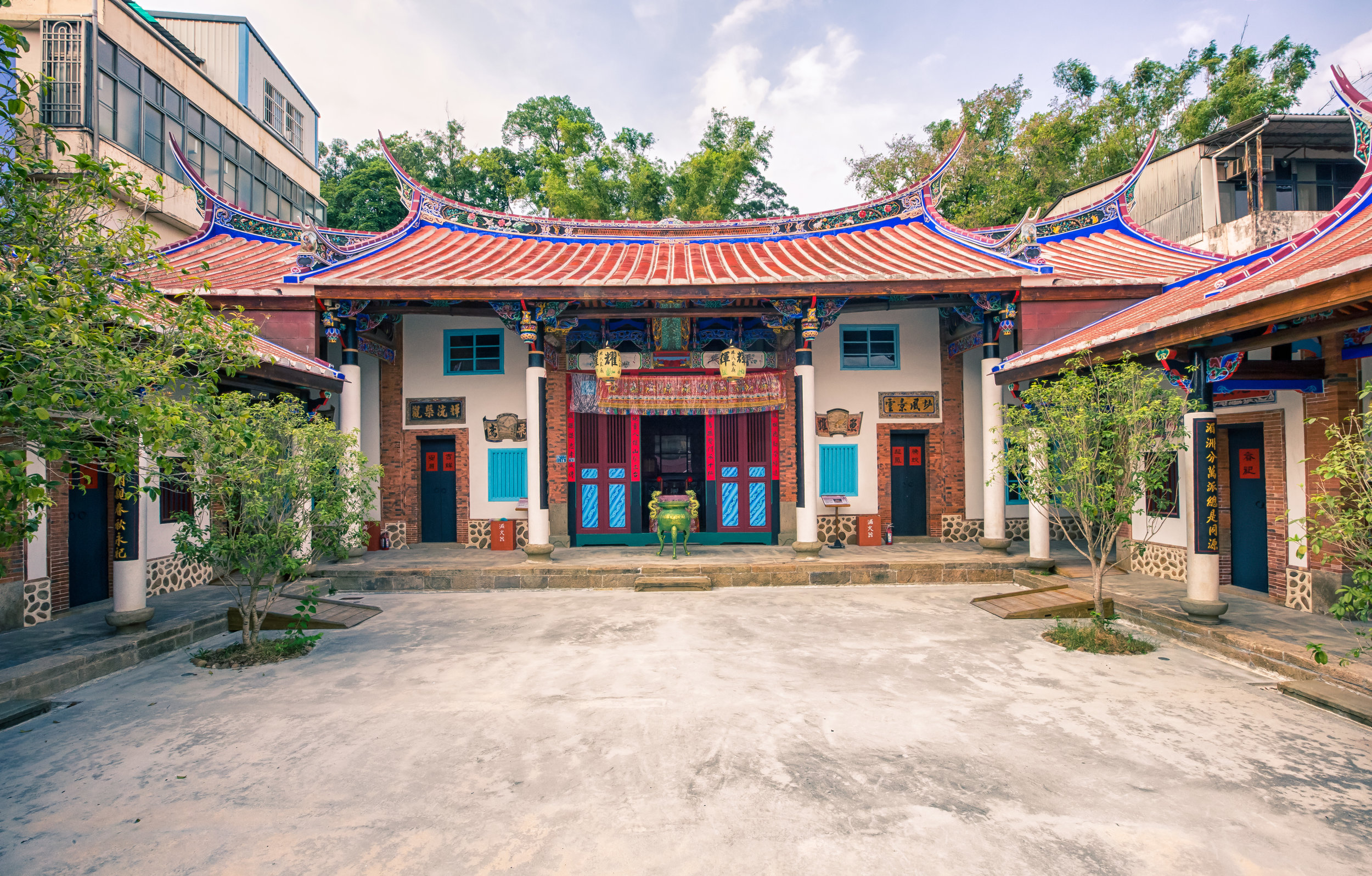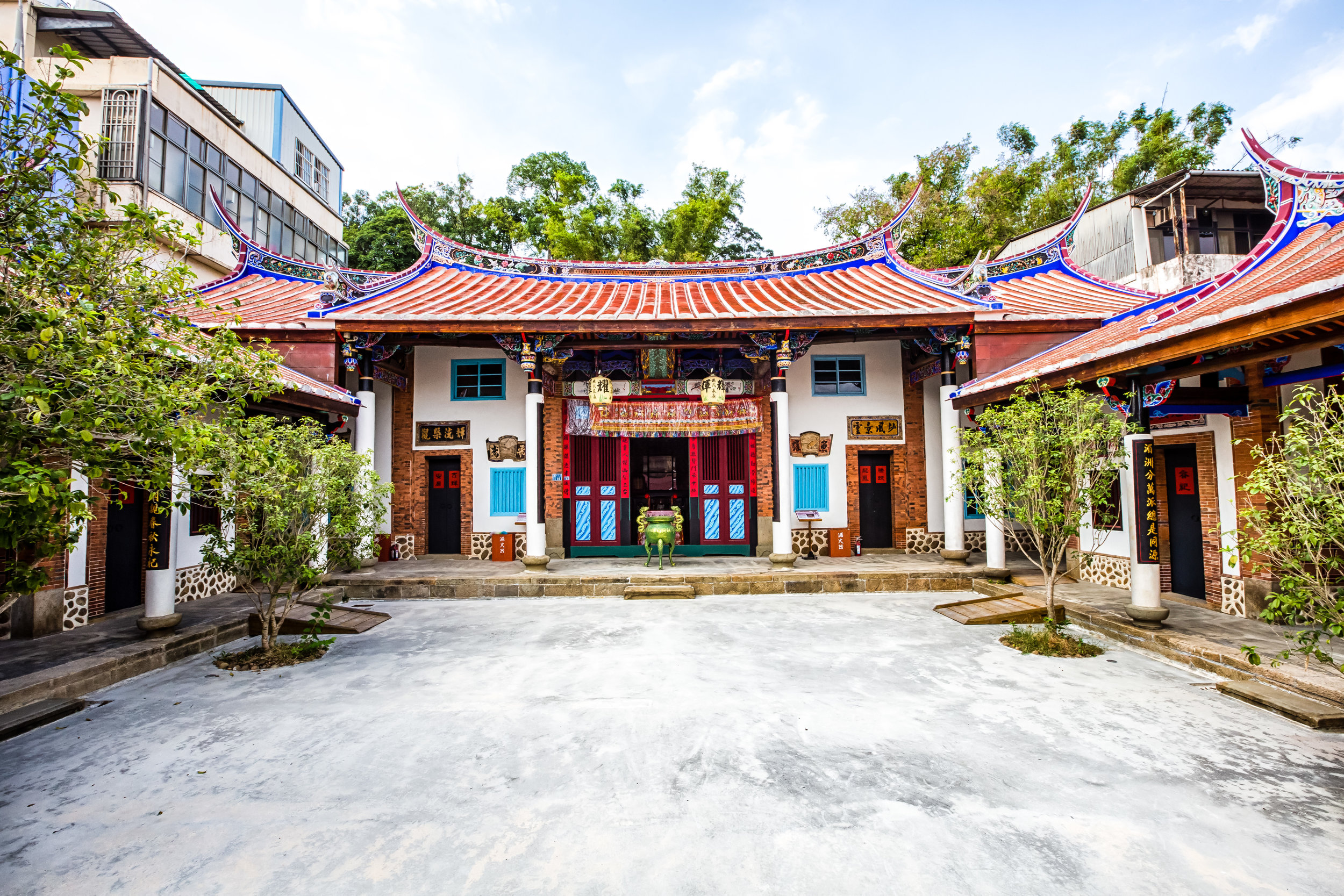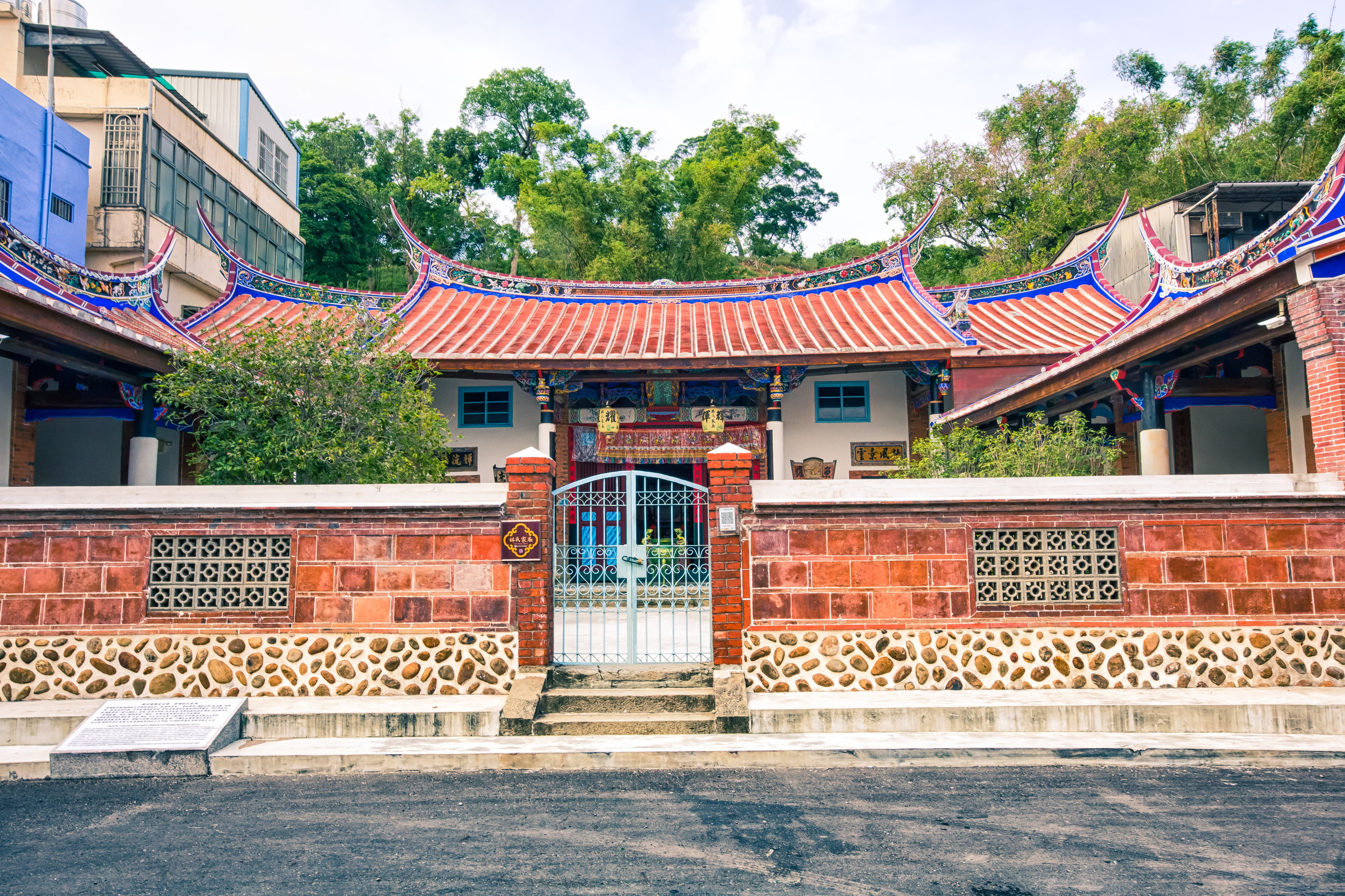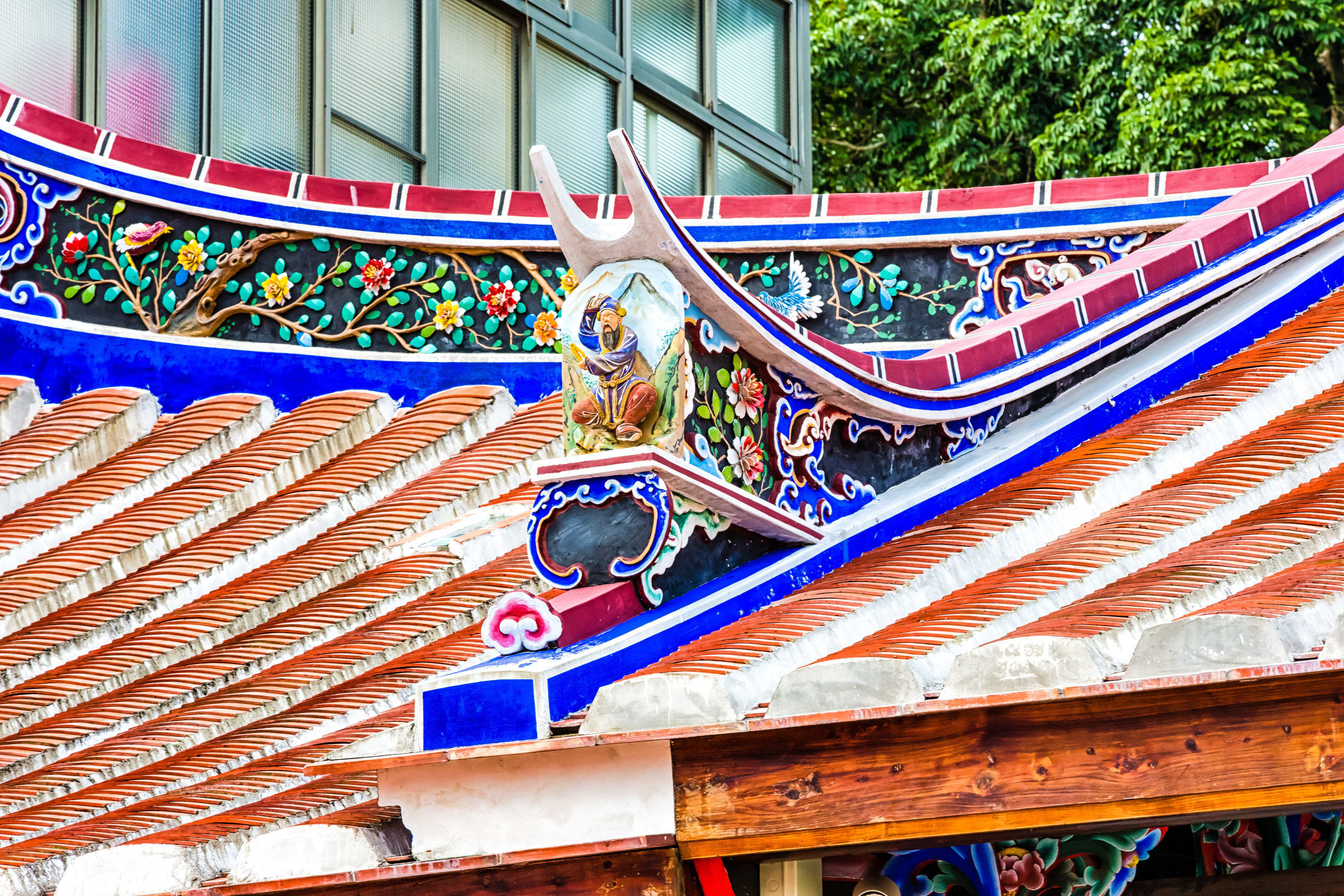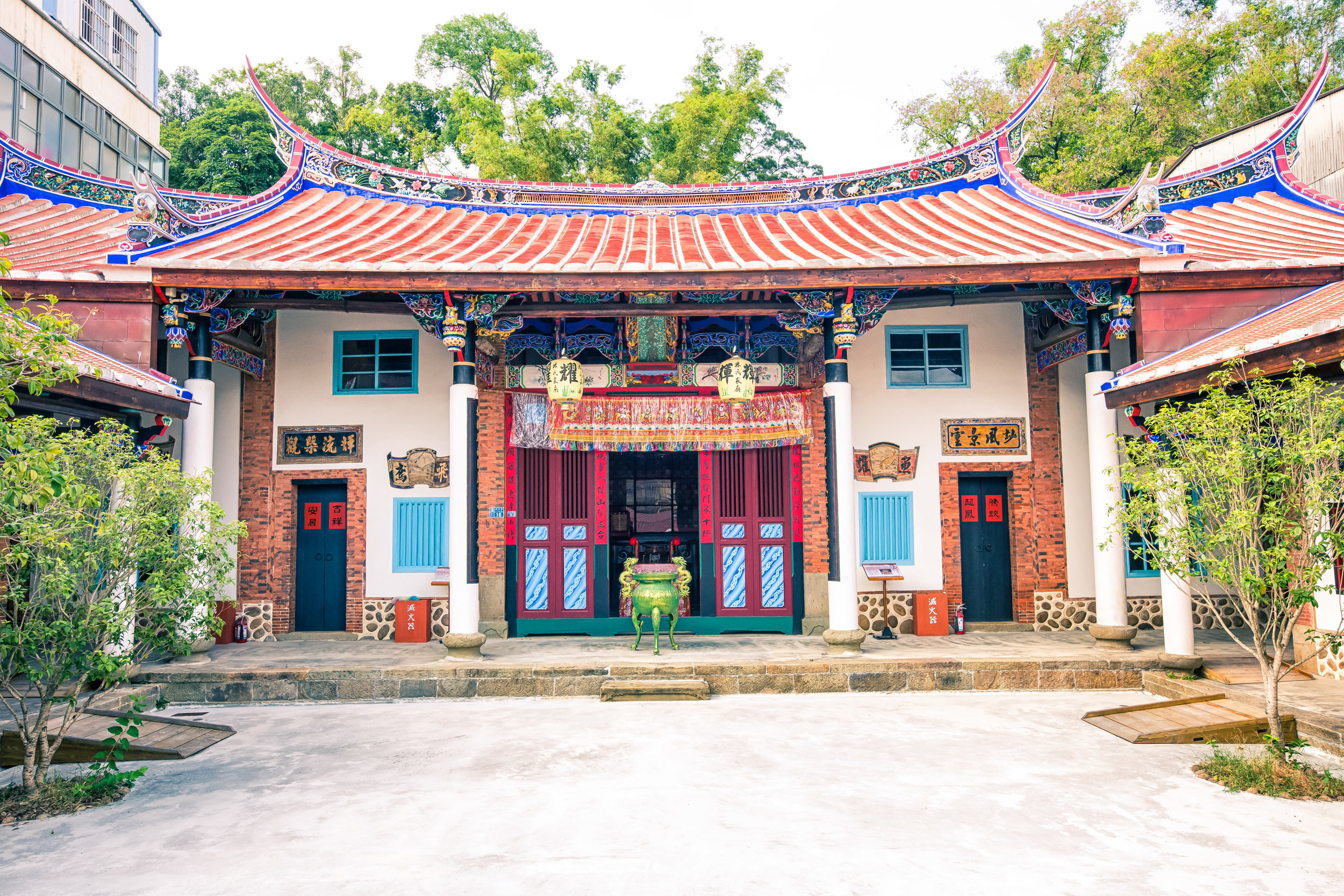You might have noticed that there is certainly no shortage of temples in Taiwan. You may find it hard to believe, but places of worship even outnumber the amount of convenience stores throughout the country.
With over 12,000 registered places of worship throughout the nation, you’re never going to be too far from one, and the best thing about them is that you’re always invited to walk in and check it out.
As this blog has become somewhat of a resource for people wanting to learn more about Taiwan’s religious scene, I feel like it has become somewhat of a personal responsibility of mine to go a bit further than simply offering a simple paragraph or two explanation about each temple that I write about, which is most often the case on many other websites.
This does however pose a bit of a problem: How should I go about introducing these temples to the outside world? Should I focus only on the popular tourist stops? Should I focus on only the most historic? Or should I focus on some of the most obscure? All of these interest me, but with thousands to choose from, its not easy to decide which to devote my time to.
Fortunately, now that I’ve been doing this for a few years, I feel like I’ve covered most of the popular tourist stops, so I’m a bit more free to spend time visiting and learning about some of the lesser known places of worship that interest me (and hopefully others as well) and then introducing them to a wider English-speaking audience.
Today’s post is about one of those lesser known places of worship, but is one that shares a name that might be familiar to a lot of people and is a historic temple that has been the focal point of its community for the past 250 years.
With over 12,000 temples in Taiwan, it shouldn’t surprising you to learn that many of them often share the same name and likewise associated with each other through a religious network.
Take Taiwan’s most famous temple for example - the Mengjia Longshan Temple (艋舺龍山寺) is actually just one of over a dozen temples that share the same name in Taiwan. Likewise in almost every major city or town in Taiwan, you’ll be sure to find a Confucius Temple (孔廟), a Qingshui Temple (清水宮), a City God Temple (城隍廟) and a Tian Hou Temple (天后宮) - all of which serve a specific purpose.
Taipei’s Longshan Temple might be the most well-known with foreign travellers, but if you ask a local, most are quite partial to Taiwan’s “Tian Hou Temples” (天后宮). The nation is home to almost fifty branches which are part of a larger network of almost a thousand places of worship dedicated to “Mazu” (媽祖), who (among many other titles) is often called “Tian Hou” (天后) or the “Goddess of Heaven”.
Taiwan’s first 'Tian Hou Temple' was constructed in the early 1600s on the offshore Peng Hu Islands (澎湖) and would appear for the first time on the Taiwanese mainland a few decades later in 1664 in Tainan. In the ensuing three and a half centuries, dozens more would be constructed throughout the country and Mazu worship would become the biggest game in town.
Today, the most well-known of those temples are situated in Tainan, Lukang and Taipei - each of which is a large, historic place of worship that attracts visitors from all over. This however doesn’t mean that the dozens of other ‘Tian Hou’ Temples in Taiwan aren’t as important or attractive to tourists. They are often just small temples that act as the focal point of small (more often than not) coastal communities where people gather at the temple to give thanks to the Goddess of the Sea.
Hsinchu’s ‘Xiangshan Tian Hou Temple’ is a perfect example of one of these places of worship that has been instrumental in bringing the local community together for the past two and a half centuries, becoming the most important structure in town and a place where you’re sure to find lots of locals hanging out.
History
Modern settlement in the Xiangshan (香山) coastal area started in the 1600s with large numbers of Hokkien people making the voyage across the Taiwan Strait from the Quanzhou (泉州) region of Fujian. Coming from what was an impoverished area, the immigrants brought little with them in terms of possessions, but perhaps more importantly brought with them their language, culture, cuisine and spiritual beliefs.
Settlement in the area was predominately based on the fisheries and trade with China, so it goes without saying that Mazu, the goddess of the sea, and a deity hailing from the Fujian area was a popular figure with local residents.
In 1683 (康熙22年), immigrants brought a statue of Mazu with an incense burner from a temple in Fujian to assist with spiritual worship. It wouldn’t be until 1770 (乾隆35年) however that the statue would officially take up residence in the newly completed Xiangshan Tian Hou Temple.
It is important when talking about the history of Taiwanese temples to remember that even though a temple may have been ‘established’ on a specific date, it rarely means that it is the same building that you see today. This fact remains true with this temple as the building that you can see today is a recent reconstruction. Generally speaking though, there has been a Tian Hou Temple on this site for the past two and a half centuries.
The first reconstruction of the temple took place in 1825 (道光5年), then again in 1876 (光绪2年), 1922 (大正11年) and 1992 (民國81年). In the years between all of these reconstructions, the temple was also renovated and repaired on several occasions due to the harsh winds that Hsinchu is known for (in addition to typhoons, earthquakes, etc.)
When the Japanese took control of Taiwan in 1895, the temple was converted into a makeshift police station for a short period of time. Unfortunately due to a lack of maintenance the wooden beams in the building started to crack which meant that it would have to be rebuilt yet again.
A few years later when the Kominka policy (皇民化運動) of forced ‘Japanization’ took effect, the temple’s historic statues, bronze bells and incense burners were all destroyed.
As I mentioned above, the history of a temple typically dates back to when it was first established, but in this case, the statues and incense burner housed within were much older. This means that their loss was heart breaking for the local people who had no other choice but to comply with their colonial masters.
When the Second World War and the Japanese Colonial Era ended, the statues in the shrine were eventually replaced, the temple once again was renovated a few times and things at the temple returned to normal.
In 2004, the Hsinchu government designated the temple as a protected historic property
Design
Constructed using Southern Fujian-style Architecture (閩南風格), the Xiangshan Tian Hou Temple is considerably smaller than many of its contemporaries throughout Taiwan. Its size though shouldn’t be an important factor considering that it is so beautifully designed with traditional architecture and also features beautifully painted murals and decorations which combine to make it an attractive place to visit.
Located next to the coastal expressway, the small temple commands a large 400 square meter plot of land with a large public square and parking lot adjacent to the expressway. In the square that lies between the parking lot and the temple you’ll find a stage where the temple occasionally puts on performances. The square also provides ample space for events such as when other temples come by for a visit or during the various holidays held throughout the year.
As you approach the temple from the front, you’ll notice a small, but beautifully decorated front facade that opens up to a courtyard-style palace. As is tradition, the temple faces the northwest (北朝西北), looking toward the western coast of the country toward the Taiwan Strait - allowing Mazu to always have her eyes looking toward the ocean.
The official design of the temple is referred to as a “Two-Entrance, Three Hall” (二進三間) layout, but that is something new which refers to a separate hall that was added much later. The original layout was in the traditional ‘Two-Hall and Two-Passage-Way’ (兩殿兩廊式) design, which is one of my favourite styles of temple design thanks to the usage of an open-air courtyard in the interior that allows for natural light.
Link: 廟宇的格局
To explain the design in layman’s terms, the layout was constructed according to Feng Shui for great energy and is rectangular in shape with two different sections. The entrance area forms one of the ‘halls’ (殿) with an open-air courtyard in the middle. There are two covered ‘walkways’ (走廊) on either side that lead to the rear hall where the main shrine is located.
(See the photo above for reference)
As the temple grew however a third ‘hall’ was added to the right of the main temple and an entrance is provided via the right passageway as well as at the front. This hall not only includes an additional two shrines, but also an office at the rear for the temple administration.
The first thing you’re probably going to notice about the temple is its intricately designed roof, which may seem like a common design in Taiwan, but don’t let the fact that this style is so prevalent here distract you from how amazing they are - The people of Taiwan have expertly preserved this culturally-rich style of architecture, which is important because in neighbouring China, it has (in many cases) become a distant memory.
One of the most prominent features of Hokkien architectural design is the Swallowtail Roof (燕尾脊), which has an upward-curved ridge shaped like the tail of a swallow. In the case of this temple, the ridge is split into two different sections with the lower section curving at a much higher degree than the upper section. The roof is also adorned with porcelain carvings (剪瓷雕) of historic figures, mythical creatures and flowers.
The front facade of the temple is beautifully designed and the recent paintings of the door gods and the murals are quite colourful. As this is a temple dedicated to the Goddess Mazu, you won’t find stone guardian dogs at the entrance. Instead there are Stone Drums (抱鼓石) on either side of the main door. Above the drums, you’ll find two beautifully carved traditional wooden windows and above the door a plaque that reads “Tian Hou Temple” (天后宮).
On the main doors you’ll find Qin Shubao (秦瓊) and his counterpart Yuchi Gong (尉遲恭), two popular generals from the Tang Dynasty, acting as door gods - Qin is the lighter skinned general who is carrying a sword while Yuchi has dark skin and carries batons. The two figures are commonly used as door gods thanks to a legend that tells of how they guarded the emperor from ghosts allowing him to rest peacefully.
On the Dragon Door (龍門), you’ll find a Eunuch (宦官) holding a peony and an incense burner while the Tiger Door (虎門) on the other side features a Palace Lady (宮女) holding a teapot. Both of these door gods are used to indicate that there is a royal palace on the inside.
In Chinese, they say “龍門進虎門出“ (lóng mén jìn hǔ mén chū) which means that you should enter a temple through the “Dragon Door” (龍門) and exit via the “Tiger Door” (虎門). The reason for this is because entering the dragon symbolizes ”praying for happiness” while exiting through the tiger is thought to “ward off bad luck or misfortune”.
It is essentially a symbolic way of purifying yourself before you enter a temple. If you however were unaware of the rules and you entered through the tiger door, it would be considered to be bringing misfortune both for yourself and the temple, and thats not a good thing.
Likewise, the middle door (中門) is a space reserved for the gods or high-ranking government officials. If you’re wandering around a temple and you walk through the middle door, it could be considered bad luck because you’re blocking the view of the gods.
So, if you want to enter a temple, you should enter through the ‘Dragon Door’, which is on the far right. If you want to leave the temple, you should exit via the ‘Tiger Door’ on the left and if you want to make the gods angry, just walk through the middle door and try your luck.
Once you’ve passed through the doors, you’re going to be met with a large table for offerings and beyond that an incense urn in the middle of the open-air courtyard. From there you’ll see the passage-ways on either side of the courtyard with larger than life statue-like figures of Qianliyan (千里眼) and Shunfeng’er (順風耳), or “Thousand-Mile Eye” and “Wind-Following Ear”, Mazu’s all-seeing and all-hearing guardian demons facing each other on either side.
Once you’ve passed by Mazu’s cool-looking, yet scary guardians, you’ll have reached the main shrine area. The shrine is split up into three different sections, dedicated to different gods.
Left Shrine
The shrine on the left is dedicated to the Earth God who is known here in Taiwan either as ‘Tudigong’ (土地公) or Emperor Fude (福德正神). If there is any god in Taiwan who is as popular (or even more popular) than Mazu, it would be the Earth God. There are thousands of temples and shrines all over Taiwan dedicated to him.
Middle Shrine
The middle shrine is dedicated to Mazu and has a number of depictions of the goddess sitting within the closed off shrine. On the table in front of the goddess you’ll find an alternating group of folk-religion deities which seems to be different almost every time you visit.
On either side of the shrine, you’ll once again find some statues of Qianliyan and Shunfeng’er protecting Mazu.
If you have good eyes, you might want to take a peak under the table at the main shrine to check out the ferocious Tiger General (虎爺) who adds another layer of protection for the goddess.
Above the shrine you’ll see a plaque that reads “Prosperous Ocean Nation” (靈昭海國) - The plaque dates back to 1877 and was placed in the temple when the port of Xiangshan started bringing riches to the area
Unfortunately with the main shrine, you are not only blocked from approaching by a gate but the goddess is also shielded by a screen that doesn’t allow you to see her too clearly. There could be any number of reasons for this, but it is likely that the Mazu statues are quite historic and they are trying to protect her from thieves.
Yes, there are weirdos in Taiwan who will steal statues of deities and sell them on the black market or hold them for ransom.
Right Shrine
The shrine on the right is dedicated to the Goddess of Child-Birth (註生娘娘), who is a goddess that you’ll almost always find accompanying Mazu. The purpose of the goddess, I’m sure you’ve figured out, is to provide a bit of spiritual assistance with childbirth.
Second Shrine Room
The adjacent hall is home to two separate shrines - The shrine against the wall is full of ‘Guangming Lanterns’ (光明燈) dedicated to followers of the temple. The main shrine in the room however is an interesting one with an odd collection of figures placed together.
The first figure is the Martial (武) representation of the God of Wealth (財神) - This is the god you’ll want to pray to if you’re looking for wealth and are involved in travel, car sales, farming, fishing, military, technology, etc.
The next figure is named Jiutian Xuannu (九天玄女), who is known as the “Dark Lady of the Nine Heavens” and is regarded as the Taoist goddess of sex, war and longevity. In this temple she appears in human form, but you’ll notice that she has a feather on her head - This is because she often transforms into a bird with a human face.
The third figure is the God of Literature (文昌帝君), who actually is another one of Taiwan’s most popular deities. If you’re a student, you’ll want to visit him before you have an important exam.
In front of them you’ll see a statue of the Taisui God (太歲星君) that represents the current year of the Chinese zodiac.
The placement of these gods might seem a bit random as they’re not commonly found sitting together, but given that we have the martial representation of the god of wealth, and the goddess of war, its safe to say that their placement serves a very important historic purpose as Xiangshan was once home to an important port during the Qing Dynasty and lots of economic activity took place in the area, which is a specialty when it comes to this trio.
Getting There
Address: #191, Alley 420, Chunghua Road, Section 5, Xiangshan District, Hsinchu City.
(新竹市香山區中華路五段420巷191號)
The temple tends to attract quite a few day-tripping visitors on the weekends - This is because it is a short distance from the historic Xiangshan Train Station (香山車站), Haishan Fishing Harbour (海山漁港) and the Xiangshan Wetlands (香山溼地), which are all included in a popular bicycling route along the coast for people wanting a bit of exercise and some time out of the city.
If you’re planning on visiting the area and want to make use of public transportation, you can simply take the train to Xiangshan Train Station and from there either rent a bicycle from the vendors nearby or grab a Youbike and start your tour of the area.
It is important to remember though that not all trains stop at the station, so if you’re travelling south on the express train, you’ll have to get off at Hsinchu Station and transfer. Likewise, if you’re travelling north, you should get off at Zhunan Station (竹南車站) and transfer to a local train. Xiangshan Station is only a few stops away from both.
If you have your own means of transportation, you could also drive your car down the West Coast Highway (西部濱海公快速公路), park it near the station or the temple and from there ride your bicycle up and down the coast.
If you are driving south though you’re going to have to pass by the temple, take the Xiangshan Exit and then double back to reach the temple. Make sure to copy the address above in Google Maps or on your GPS to map out the best route.
If you’re not interested in riding a bike and don’t feel like checking out any of the other places of interest in the area, but want to stop by the temple, never fear, there is a large, free parking lot where you’ll be able to park your car or scooter. While you’re there though, I recommend at least climbing to the top of the elevated highway platform to check out the view of the beautiful Xiangshan Wetlands from above.
The Xiangshan Tian Hou Temple may not be as large or as well-known as its Taipei, Lukang or Tainan counterparts, but in terms of its history and close relation to the local community, its importance cannot be understated.
While most of the other Tian Hou Temples in Taiwan are some of the nation’s busiest places of worship, activity at this one is a bit more subdued which if you ask me makes it much more accessible, affording guests the opportunity to enjoy all of the finer details.
If you find yourself in the Hsinchu area, you should definitely take the short train ride to Xiangshan Station and then make your way over to this historic temple.
There is of course quite a bit that you can do on a day-trip to the Xiangshan area, so if you want to get some exercise and enjoy some beautiful scenery, you should definitely consider stopping by.













